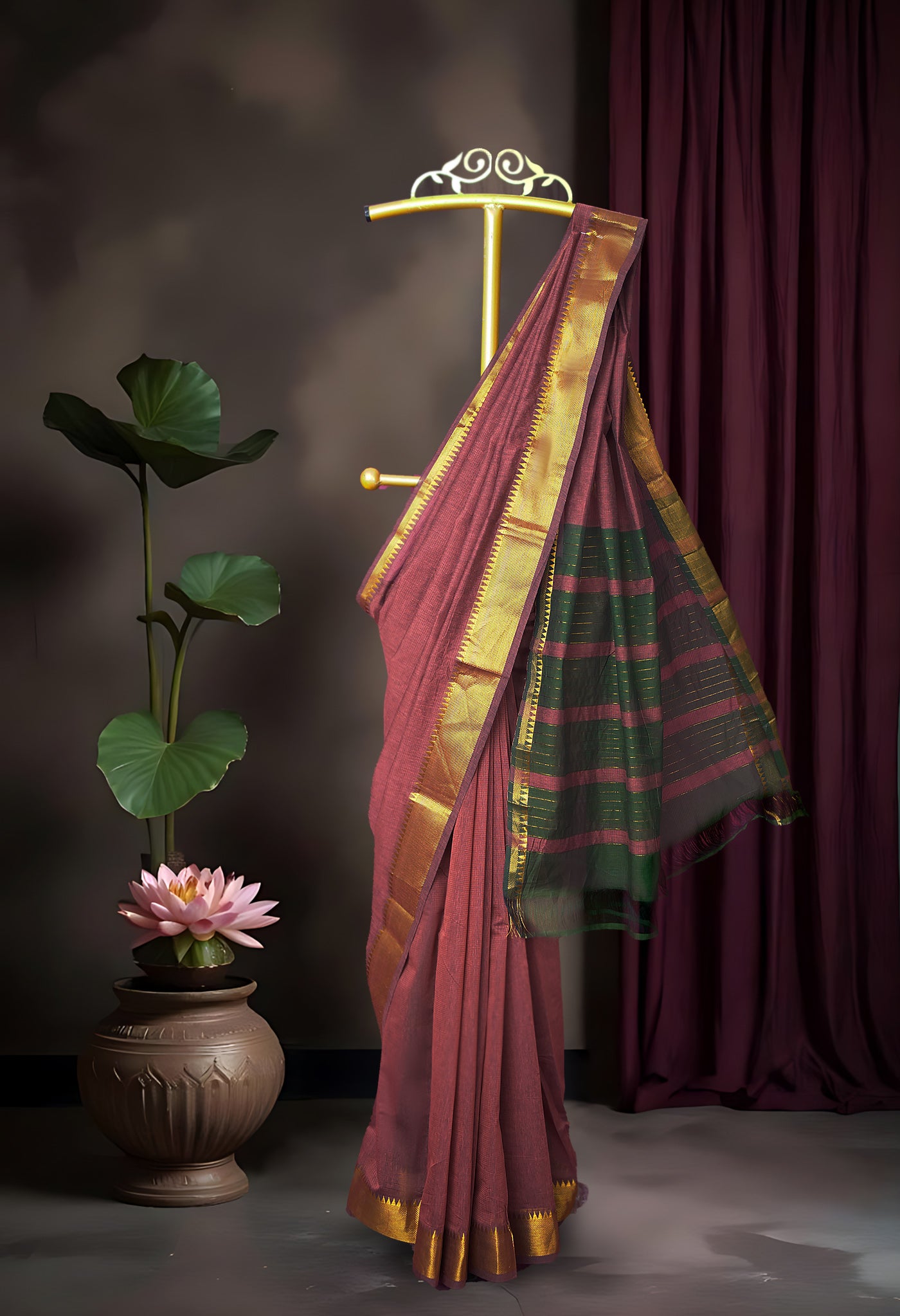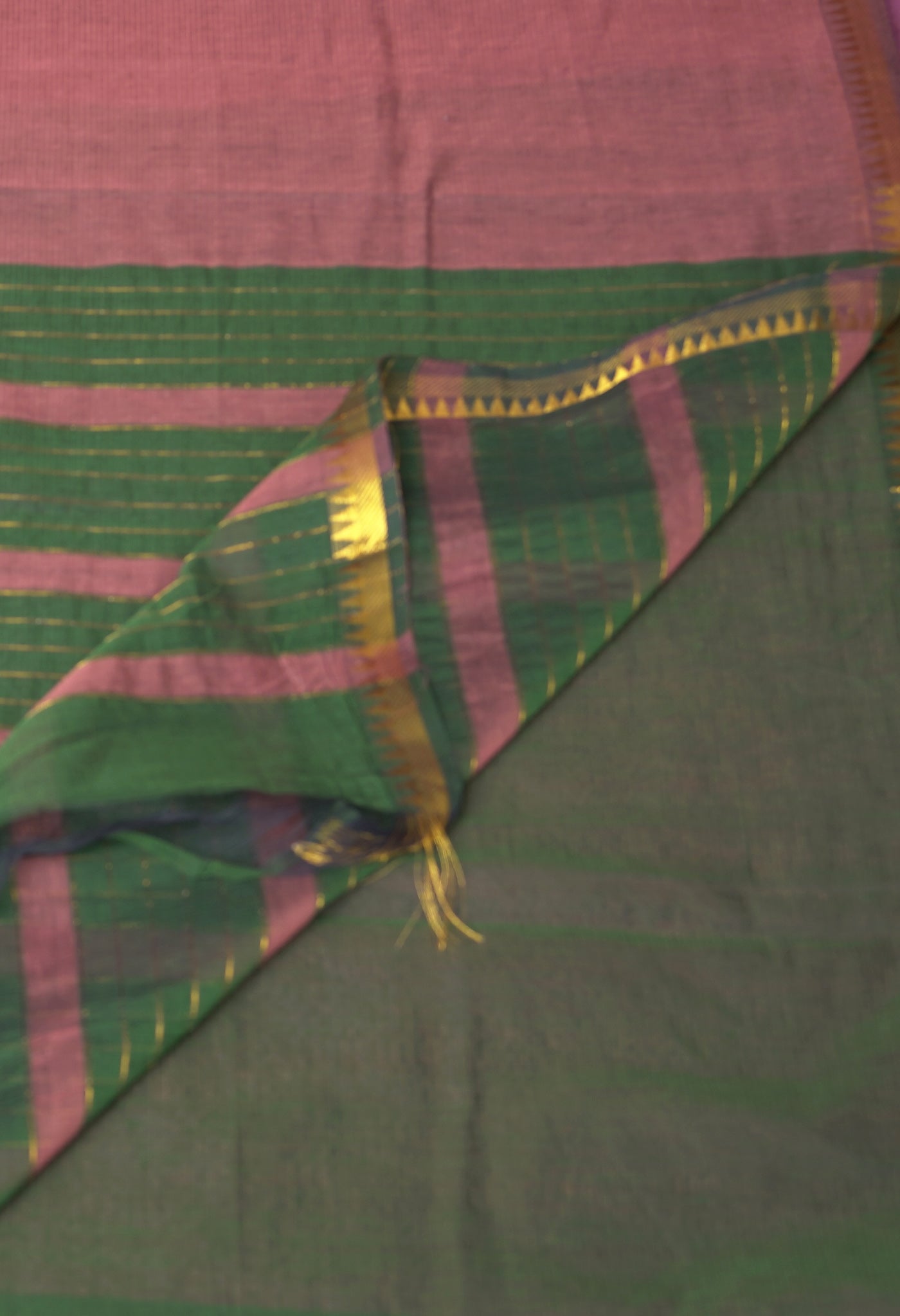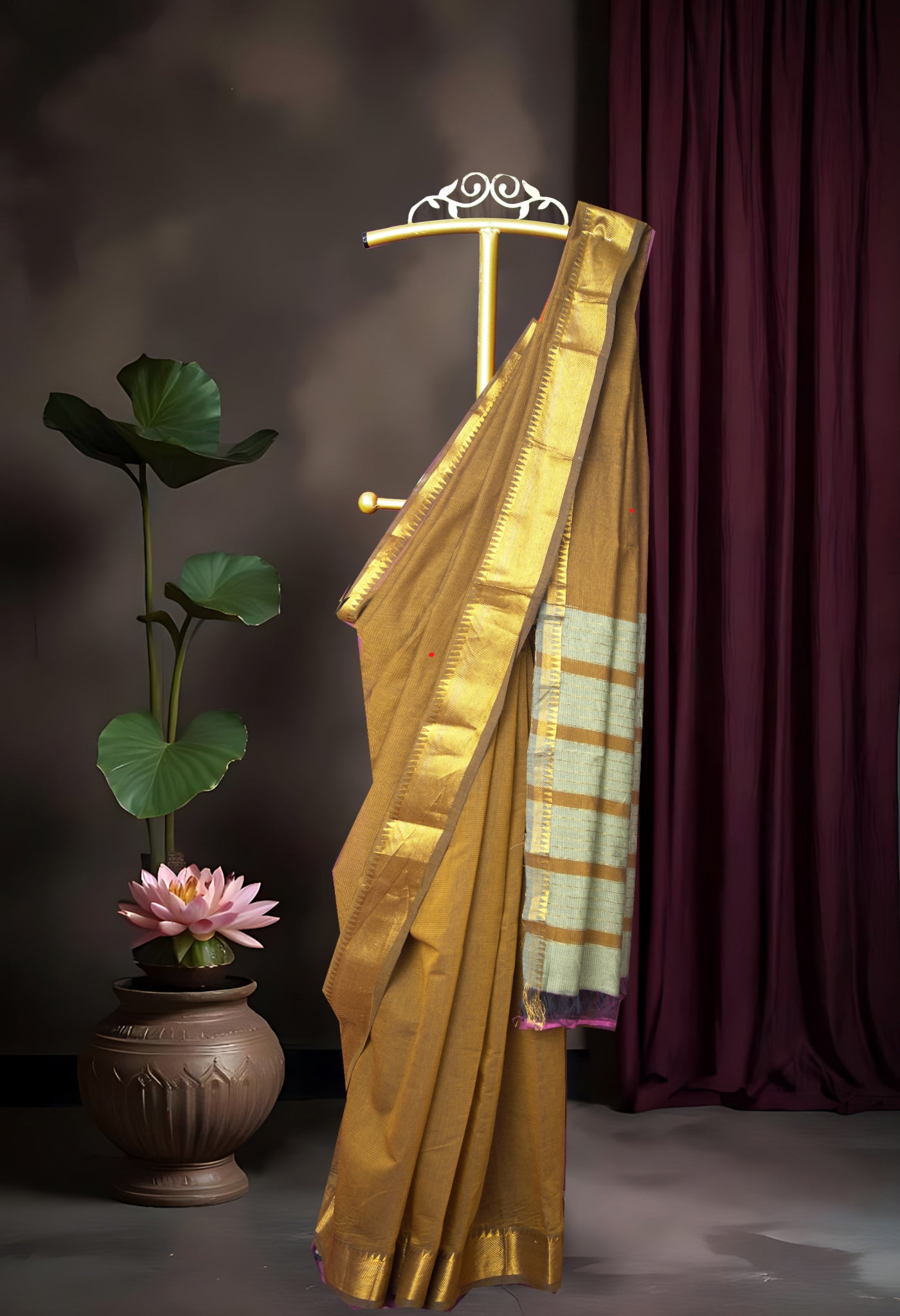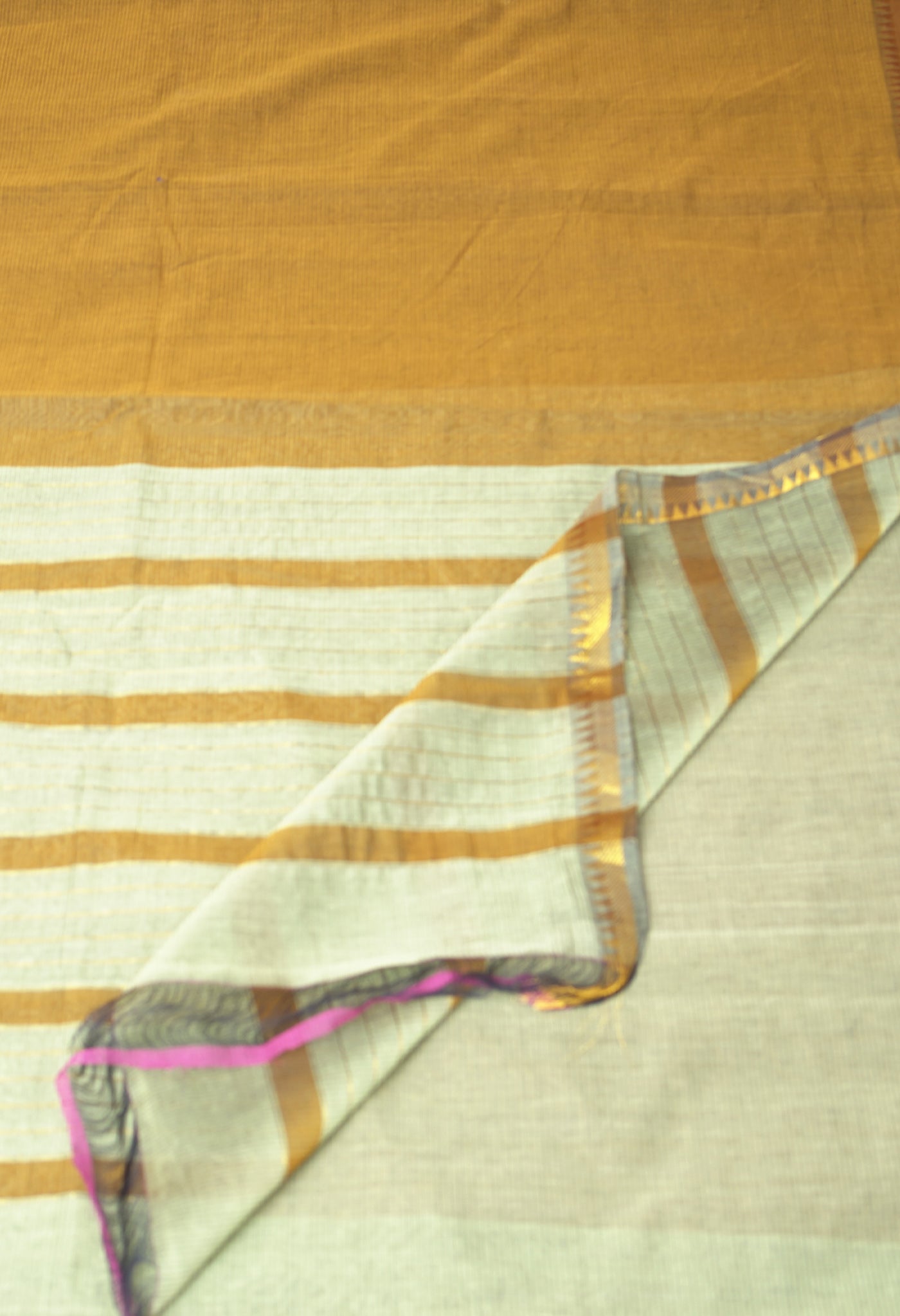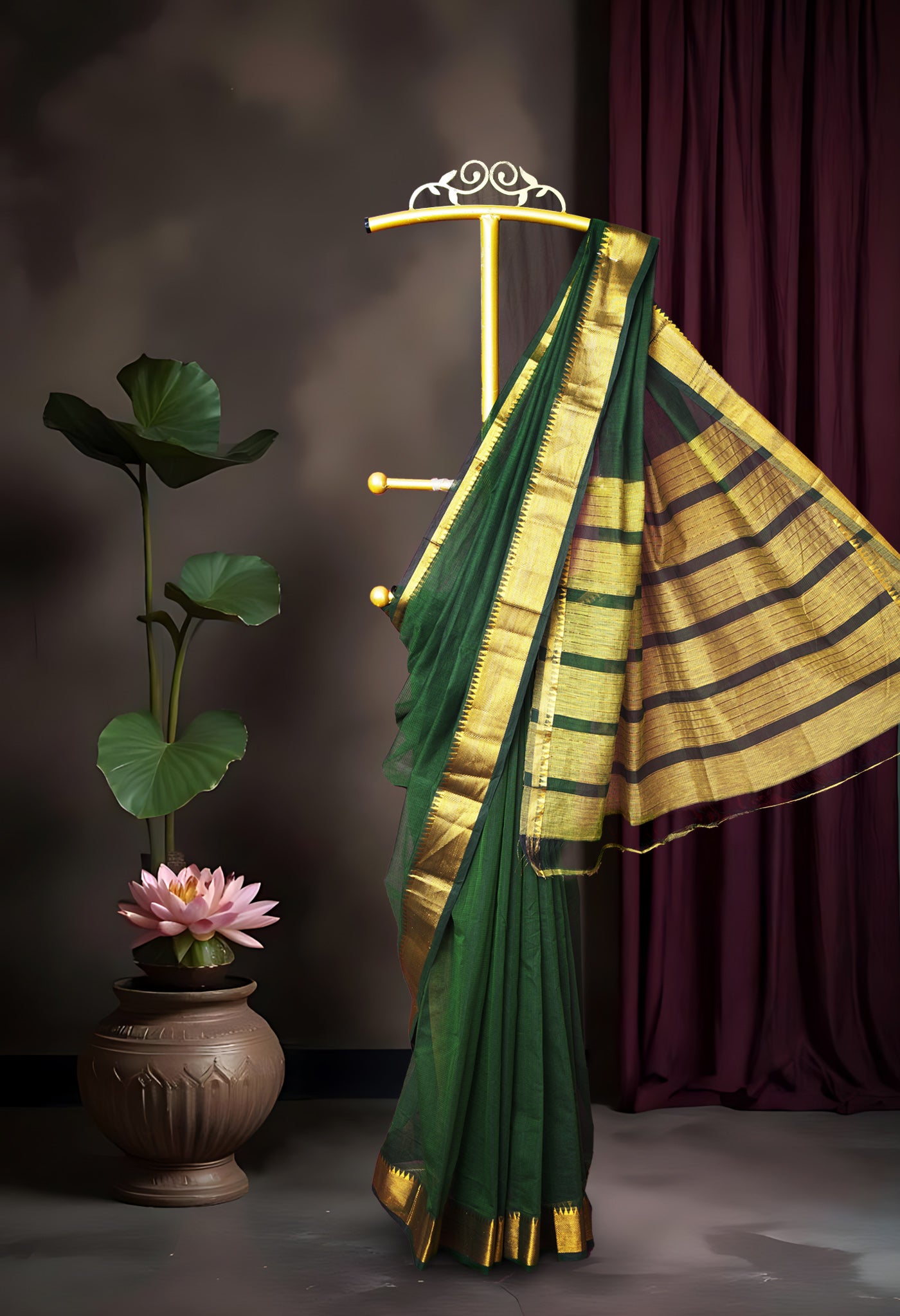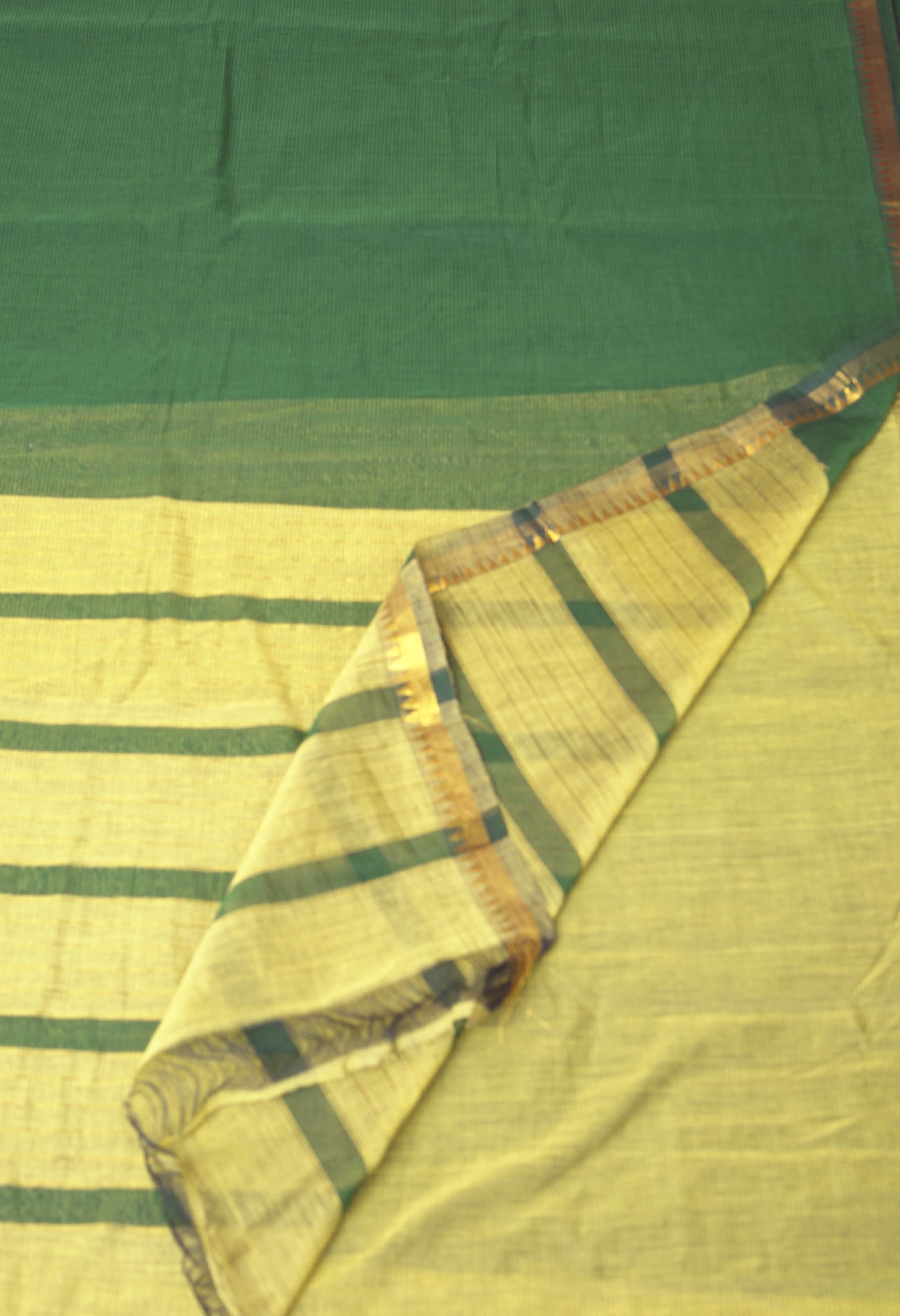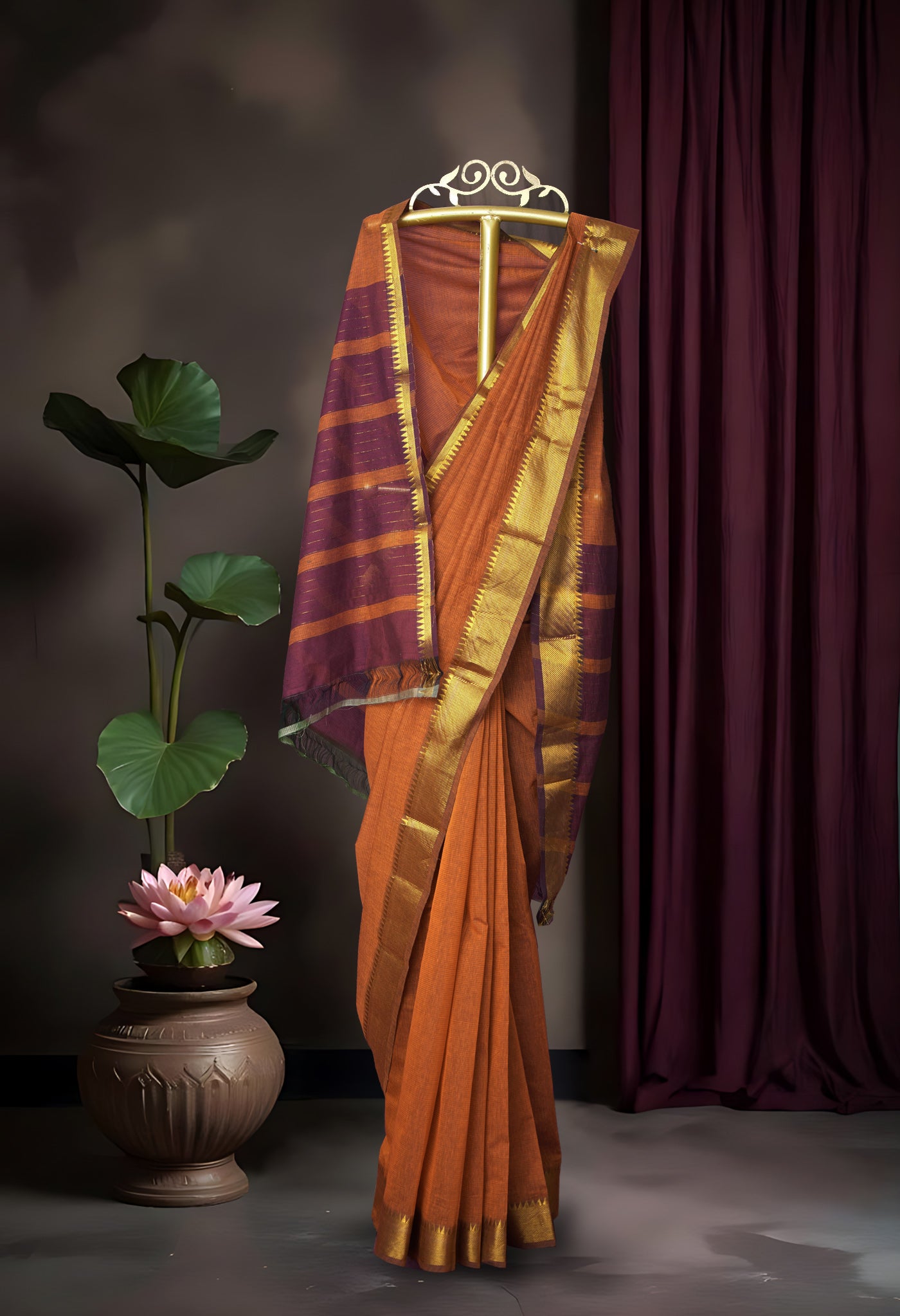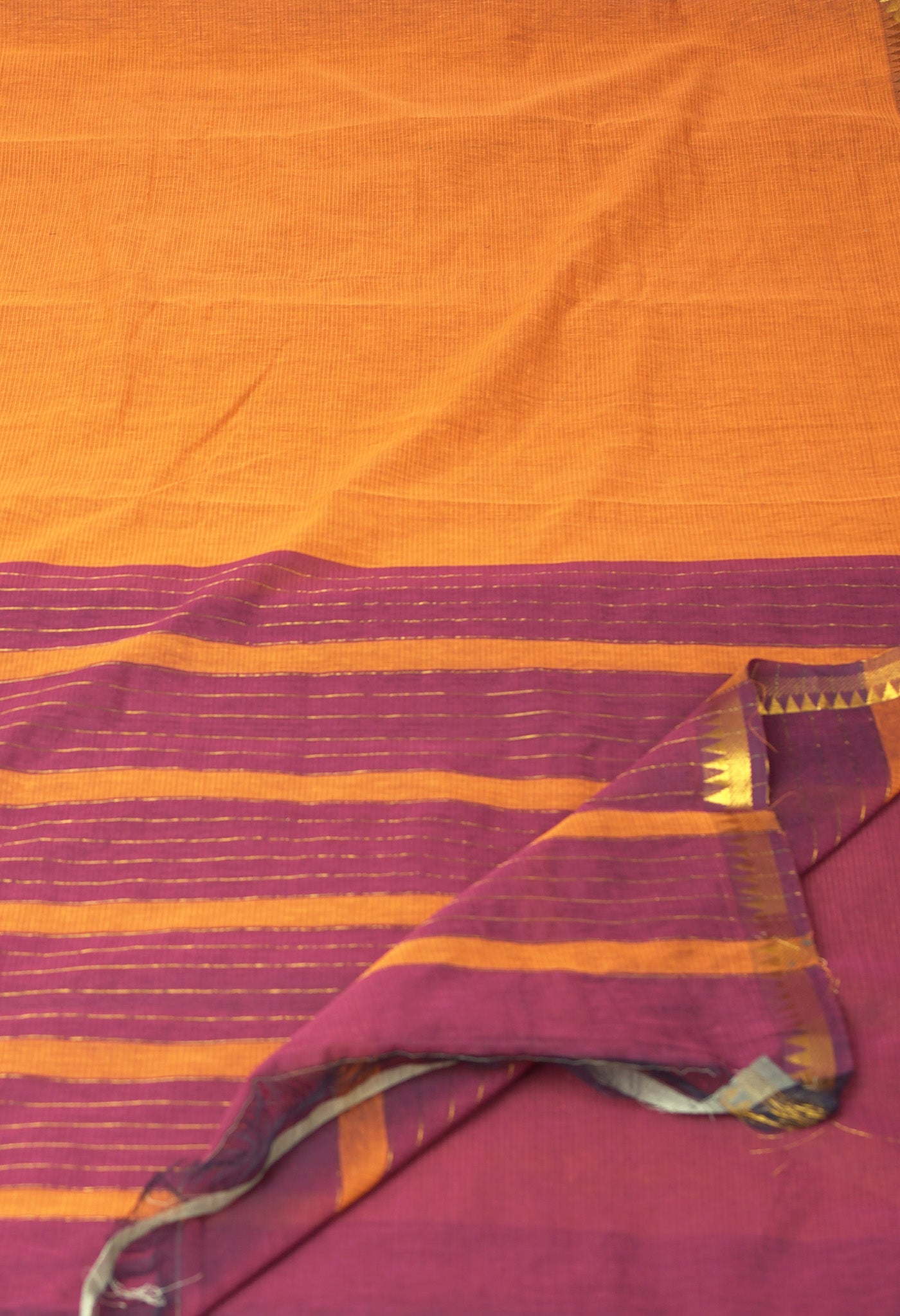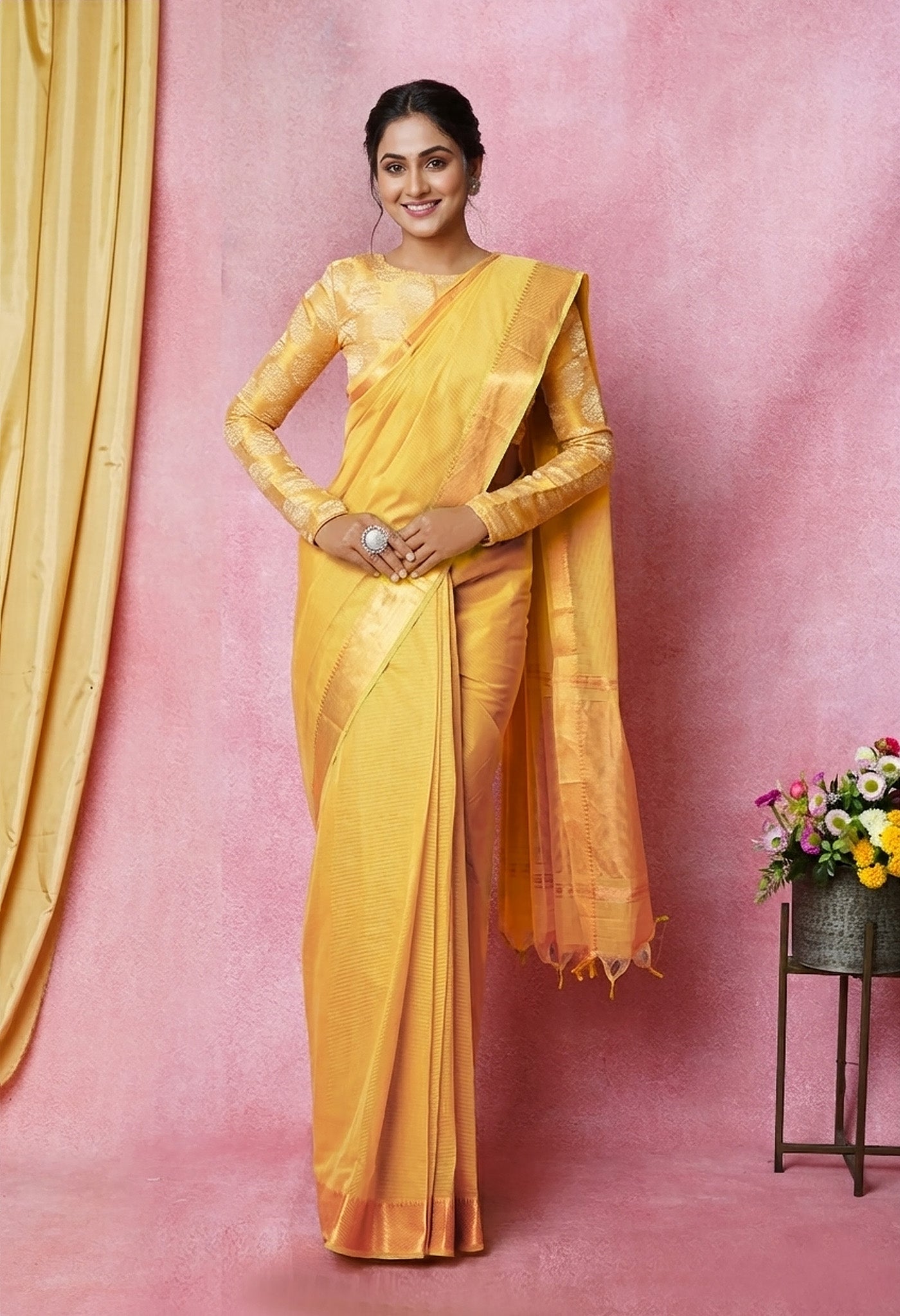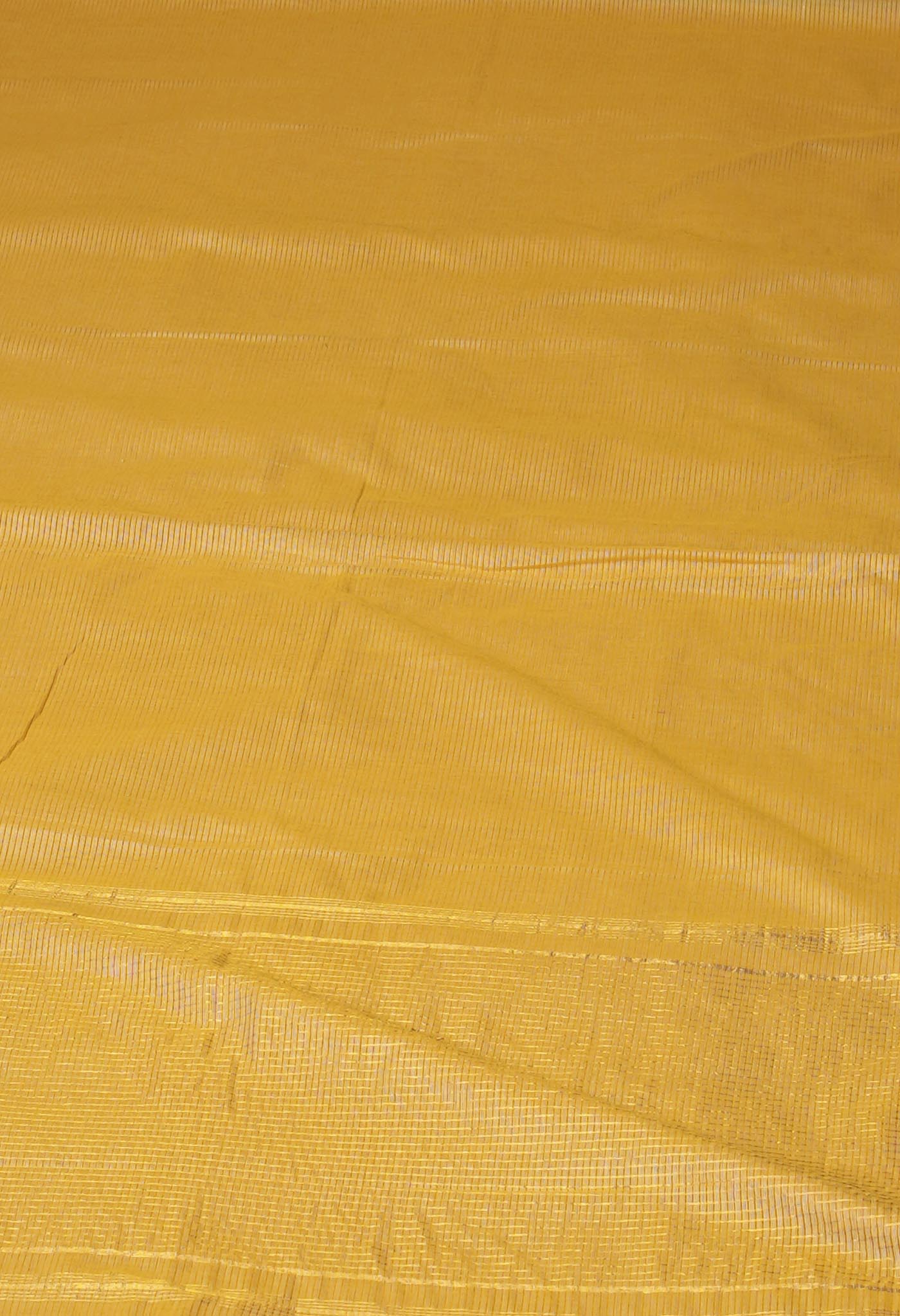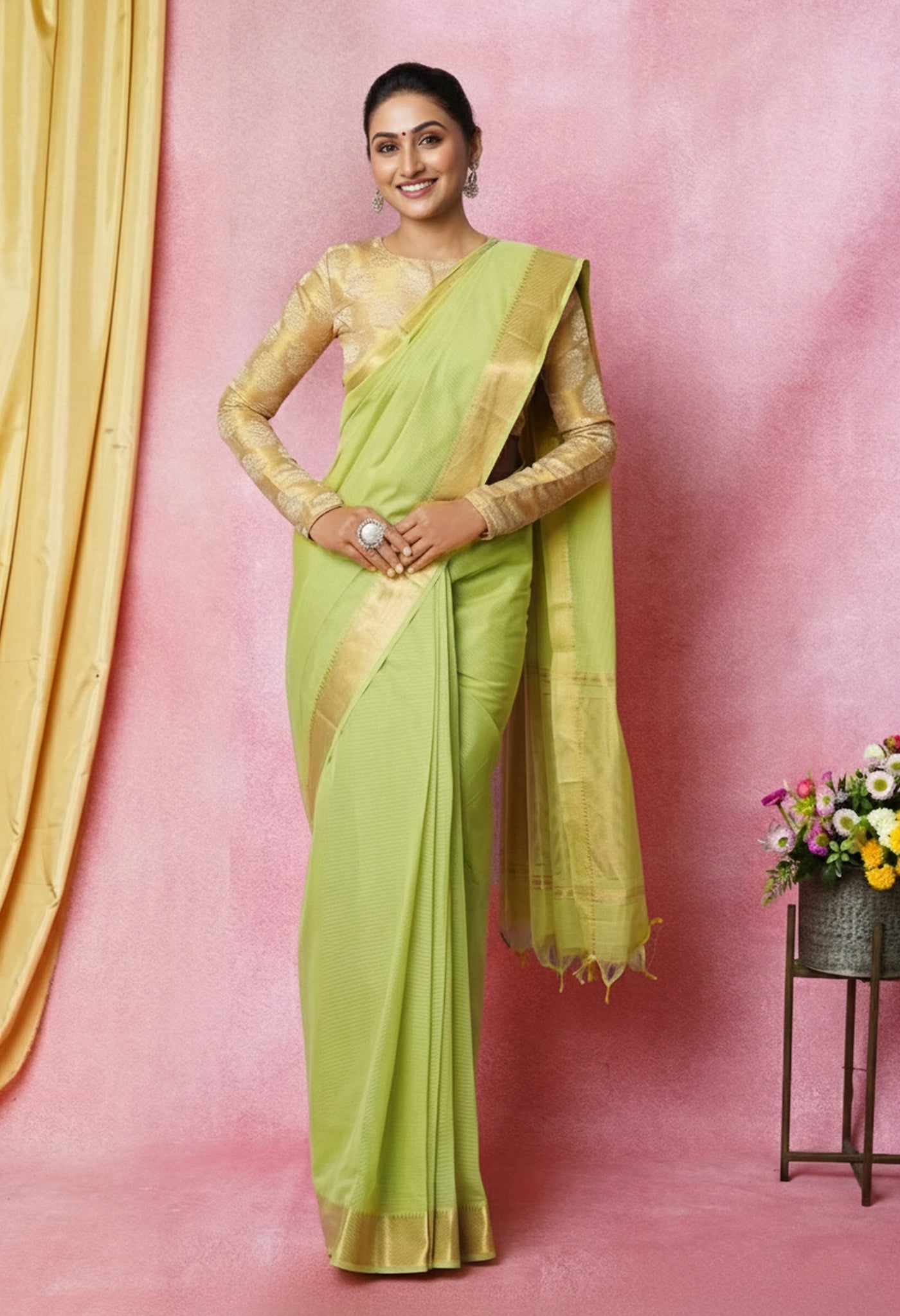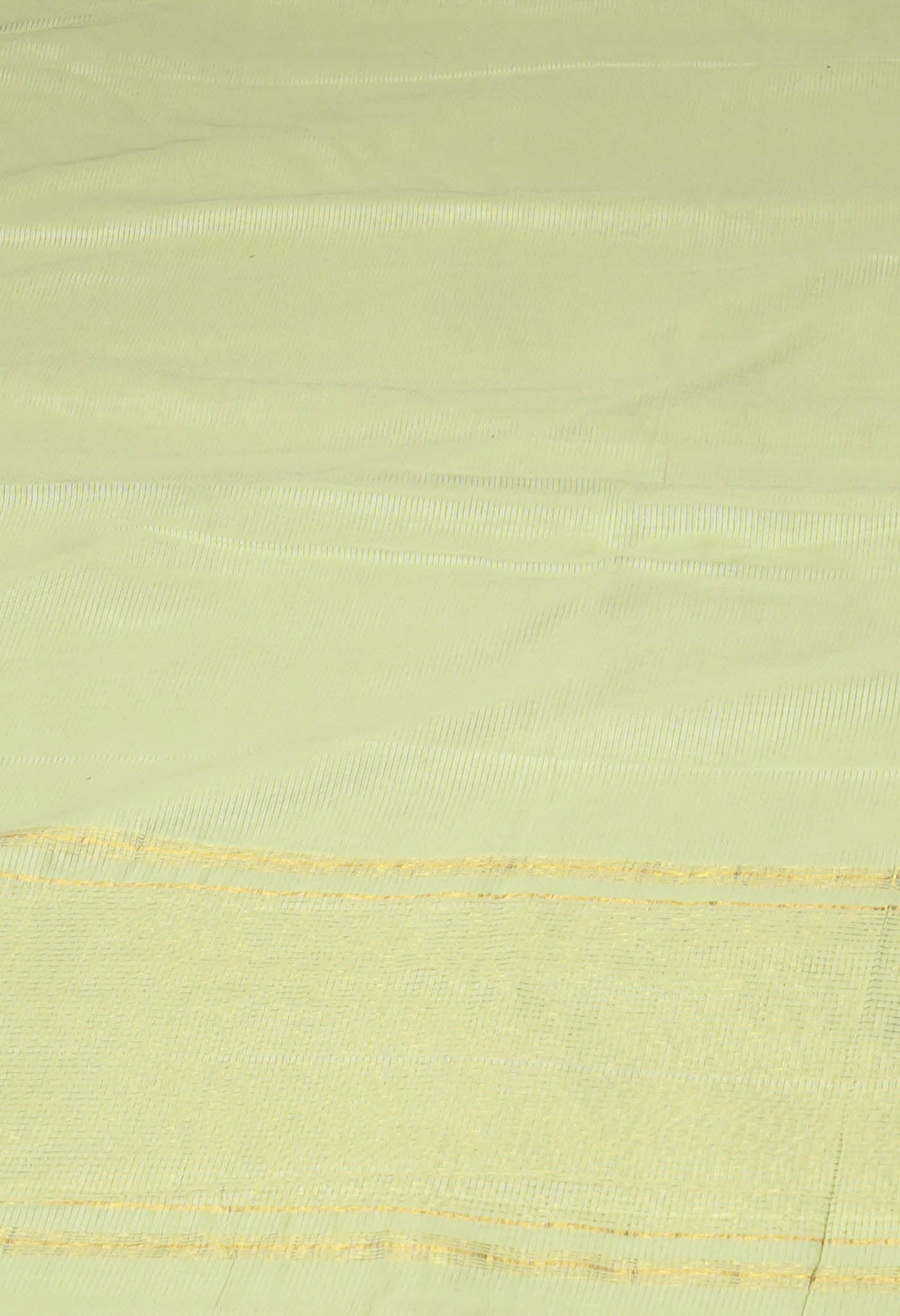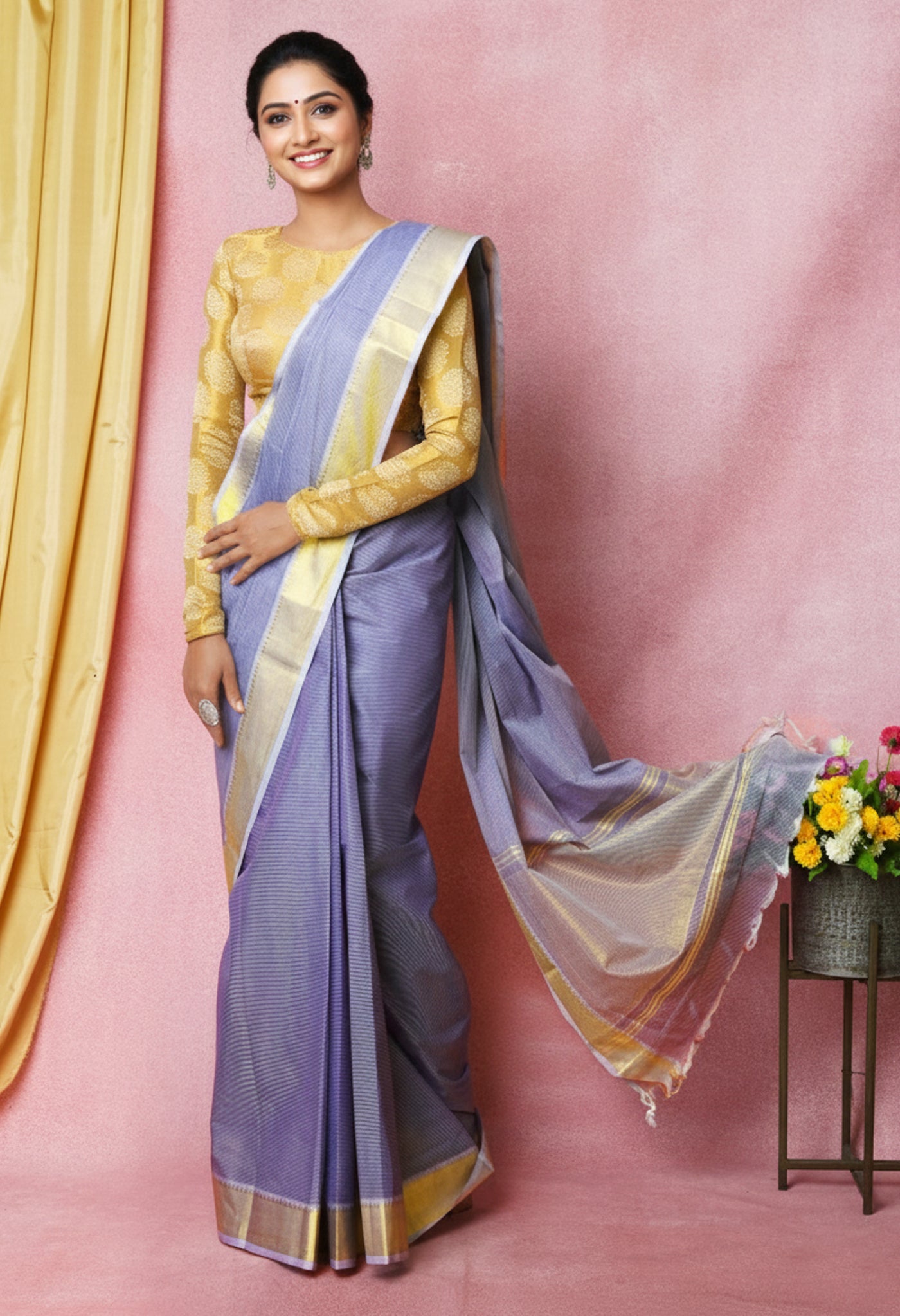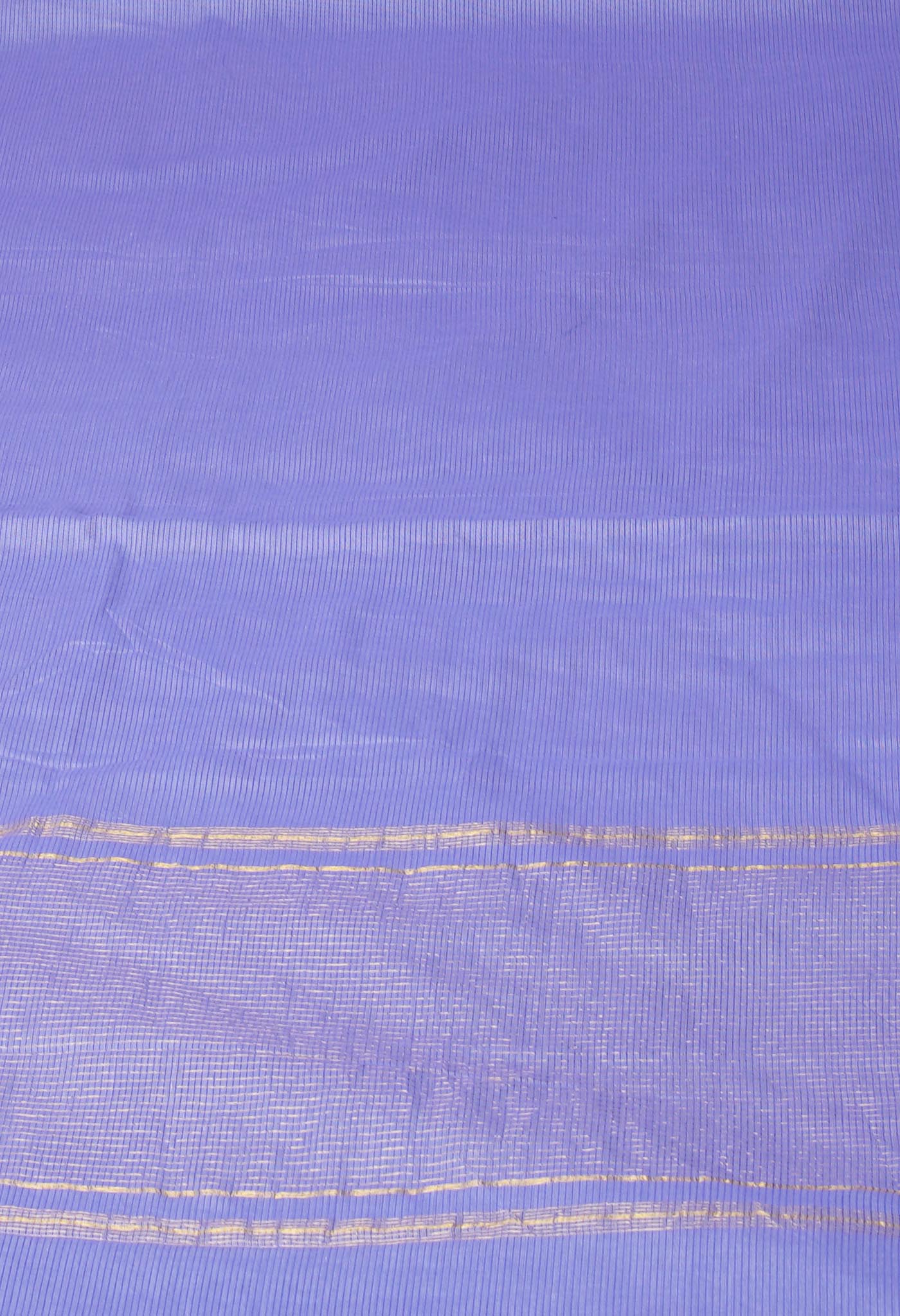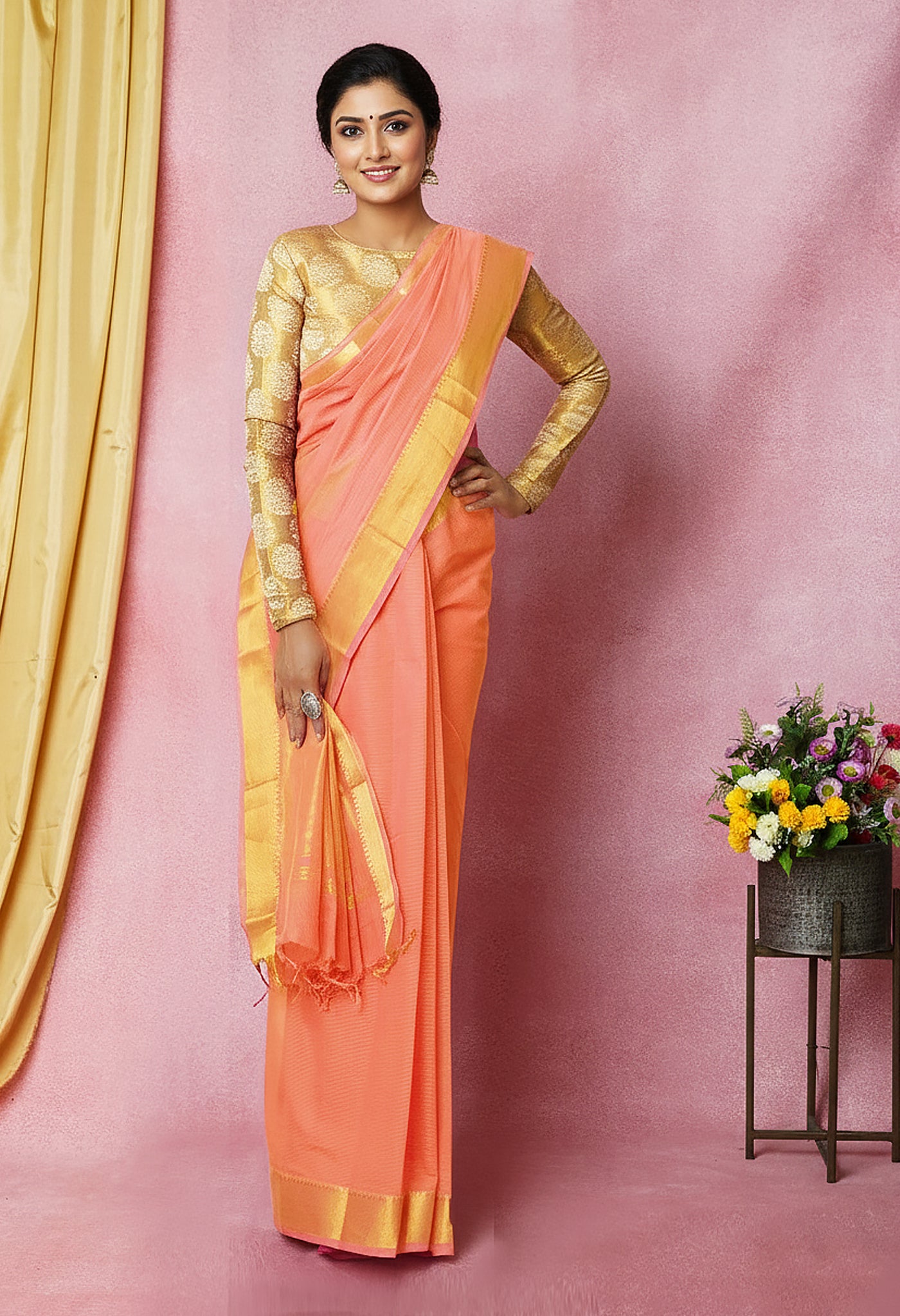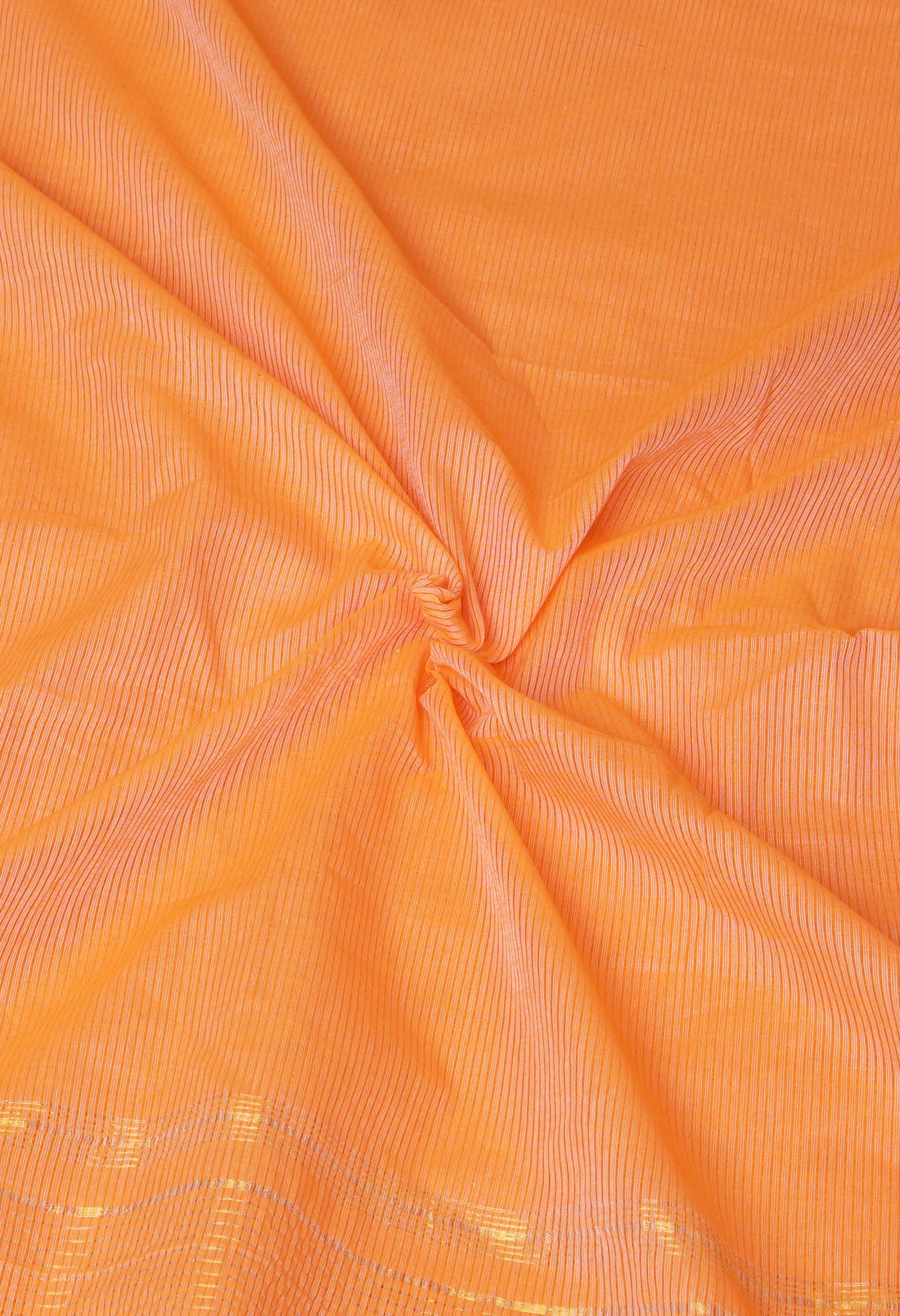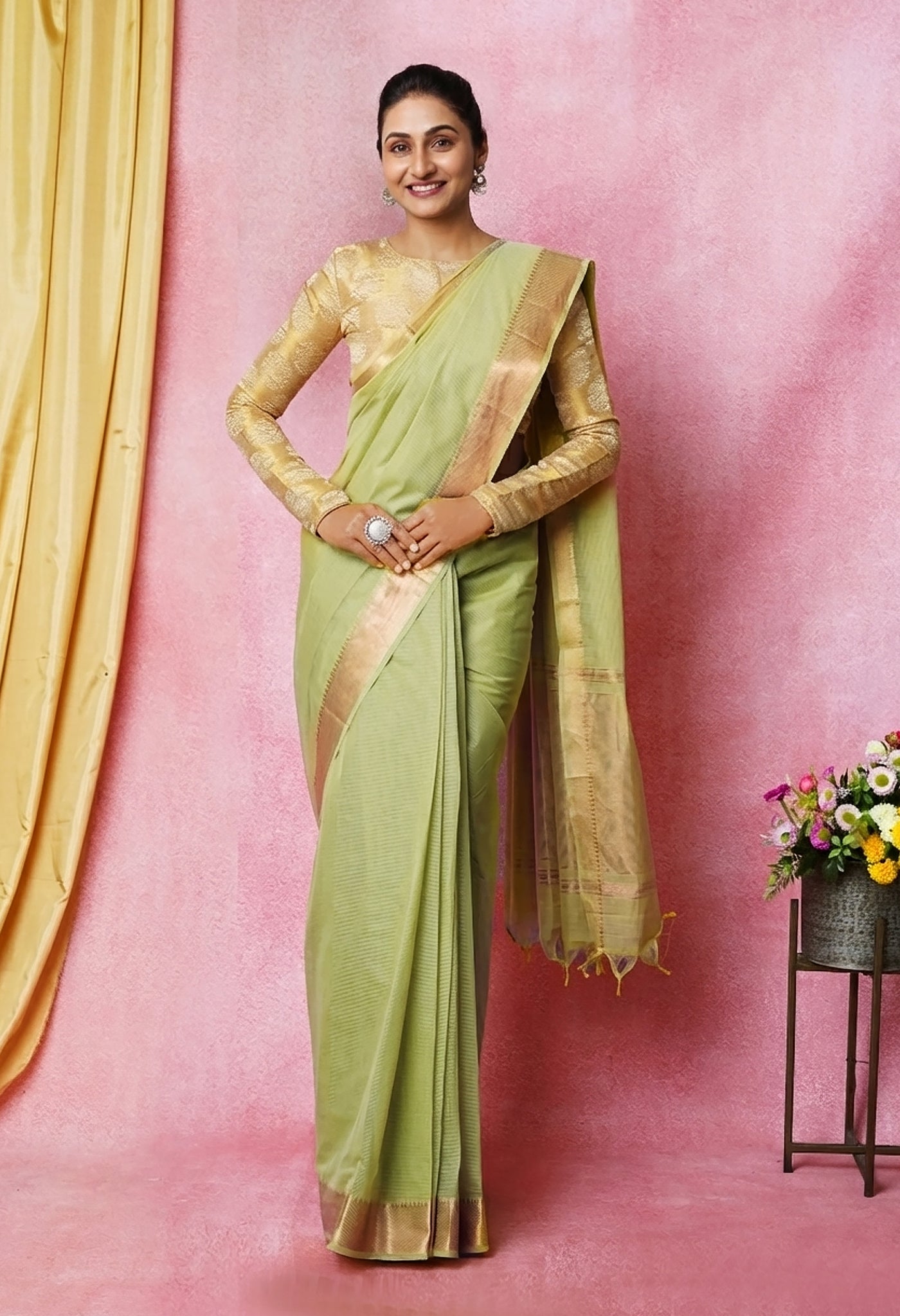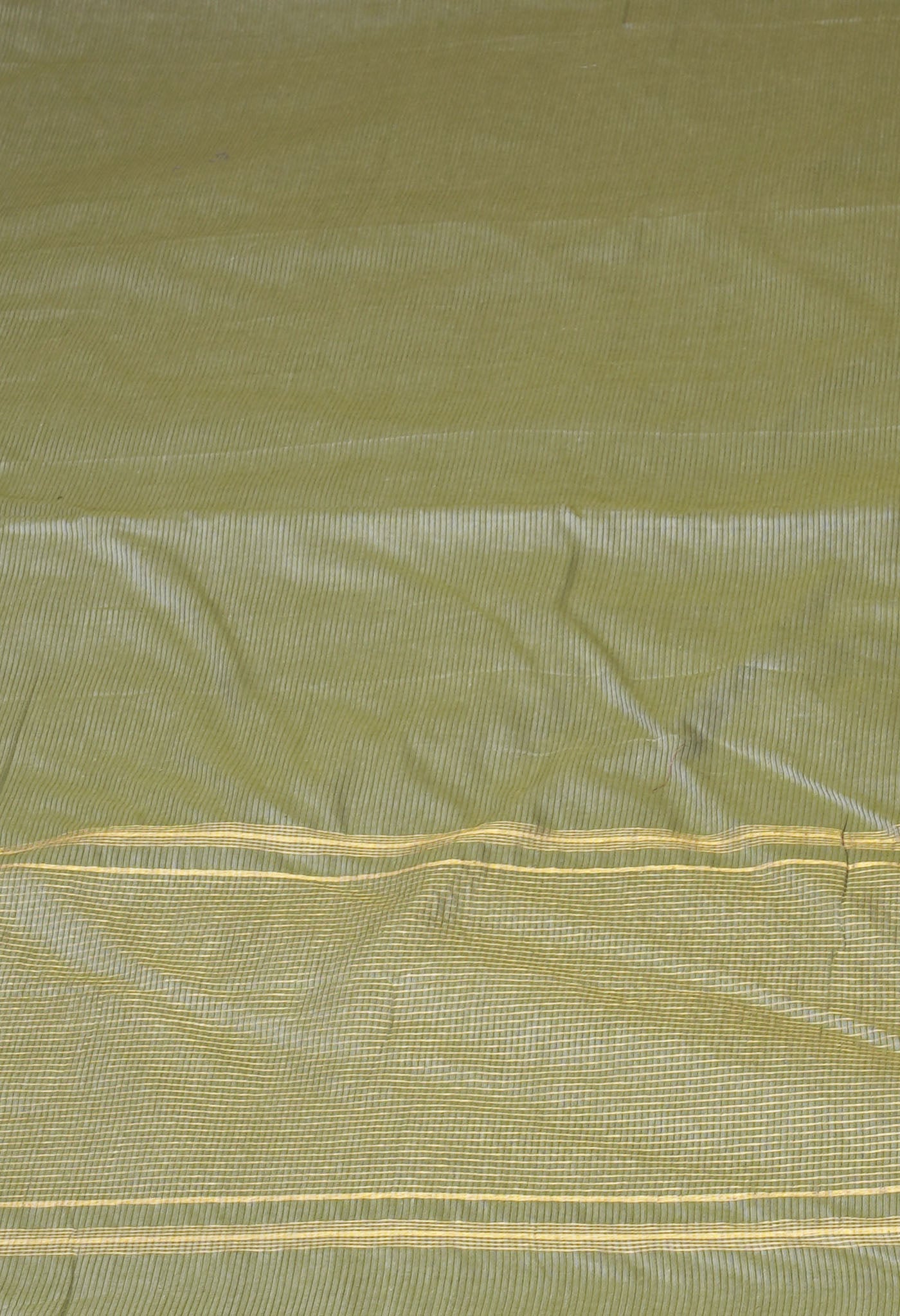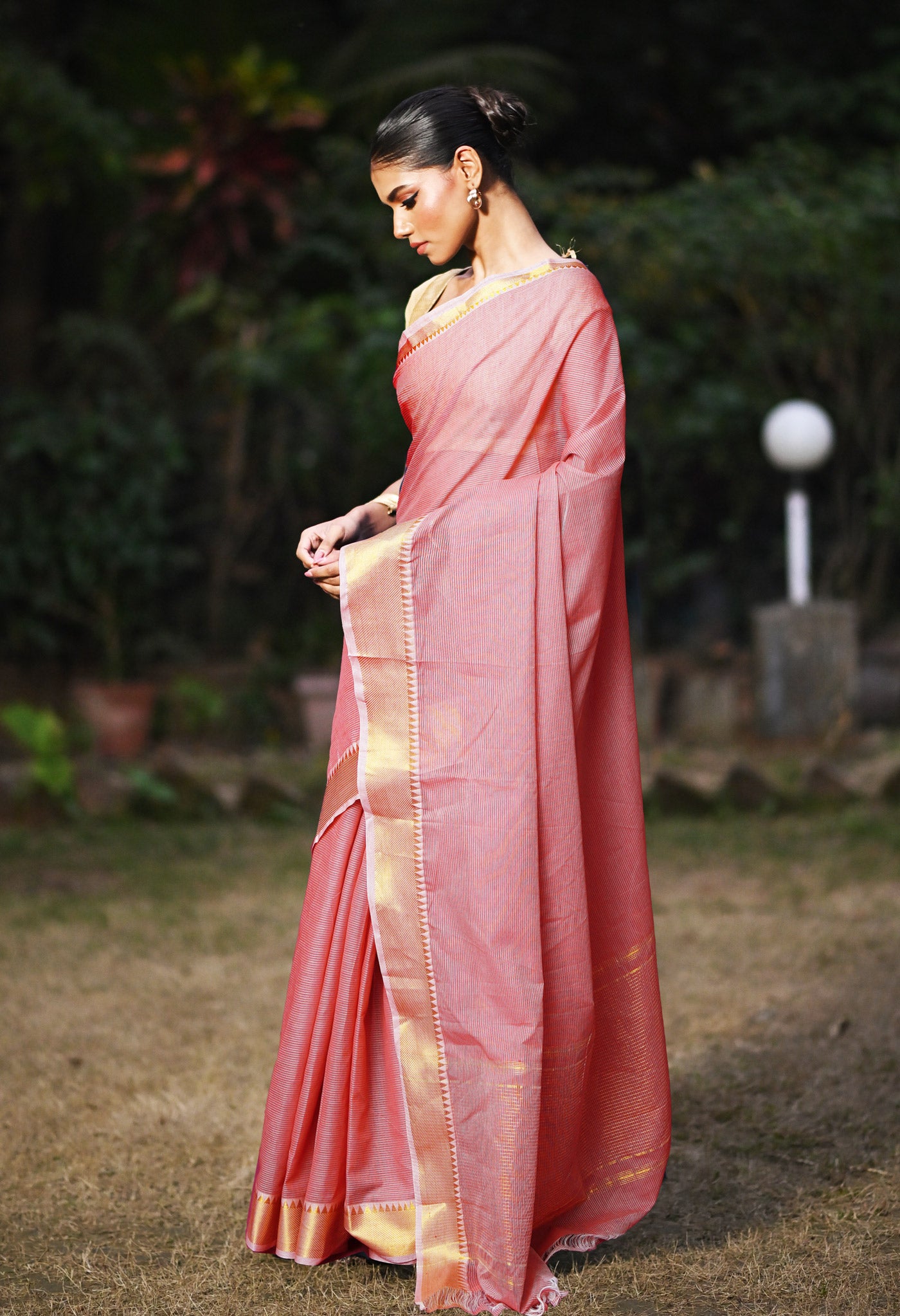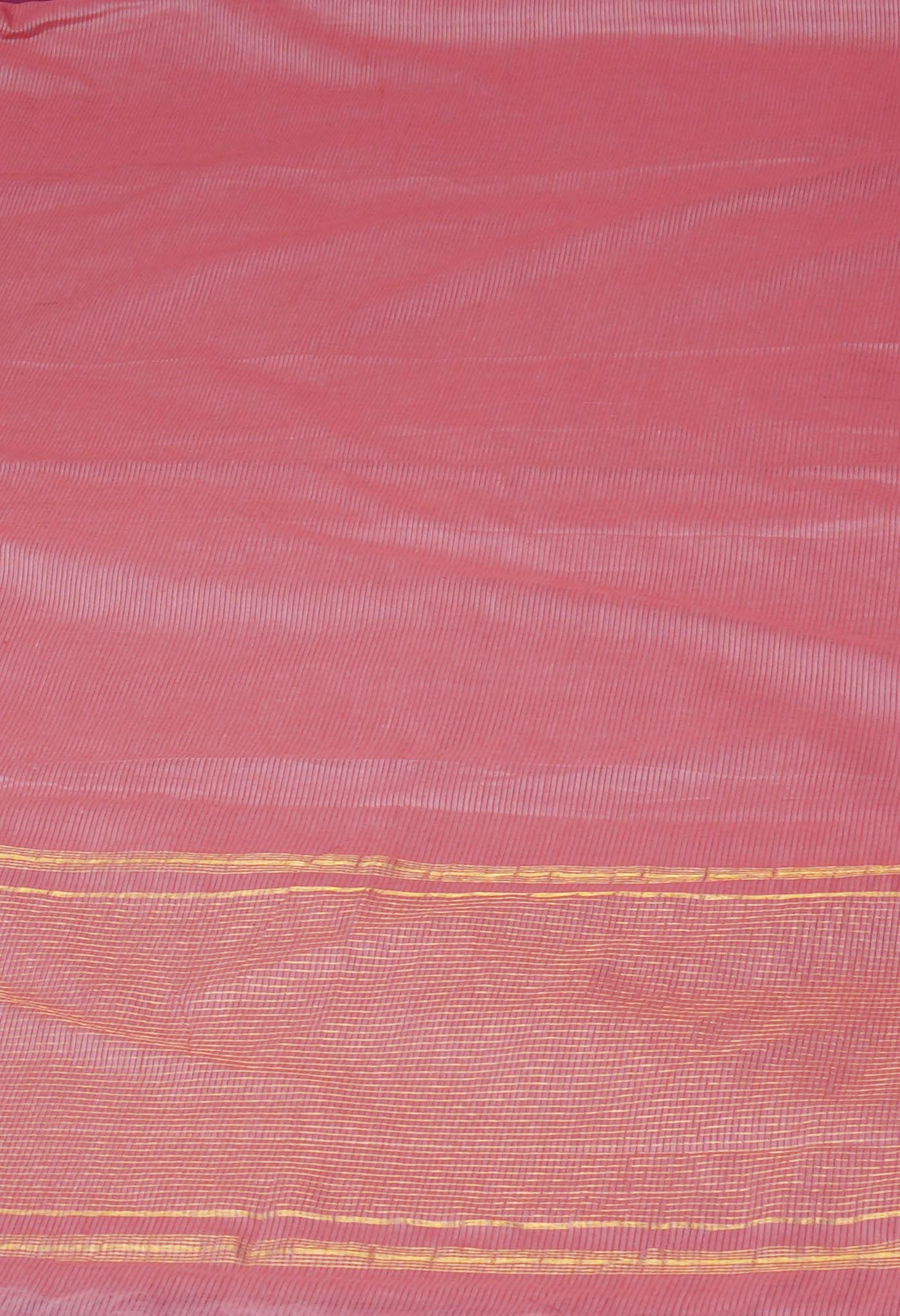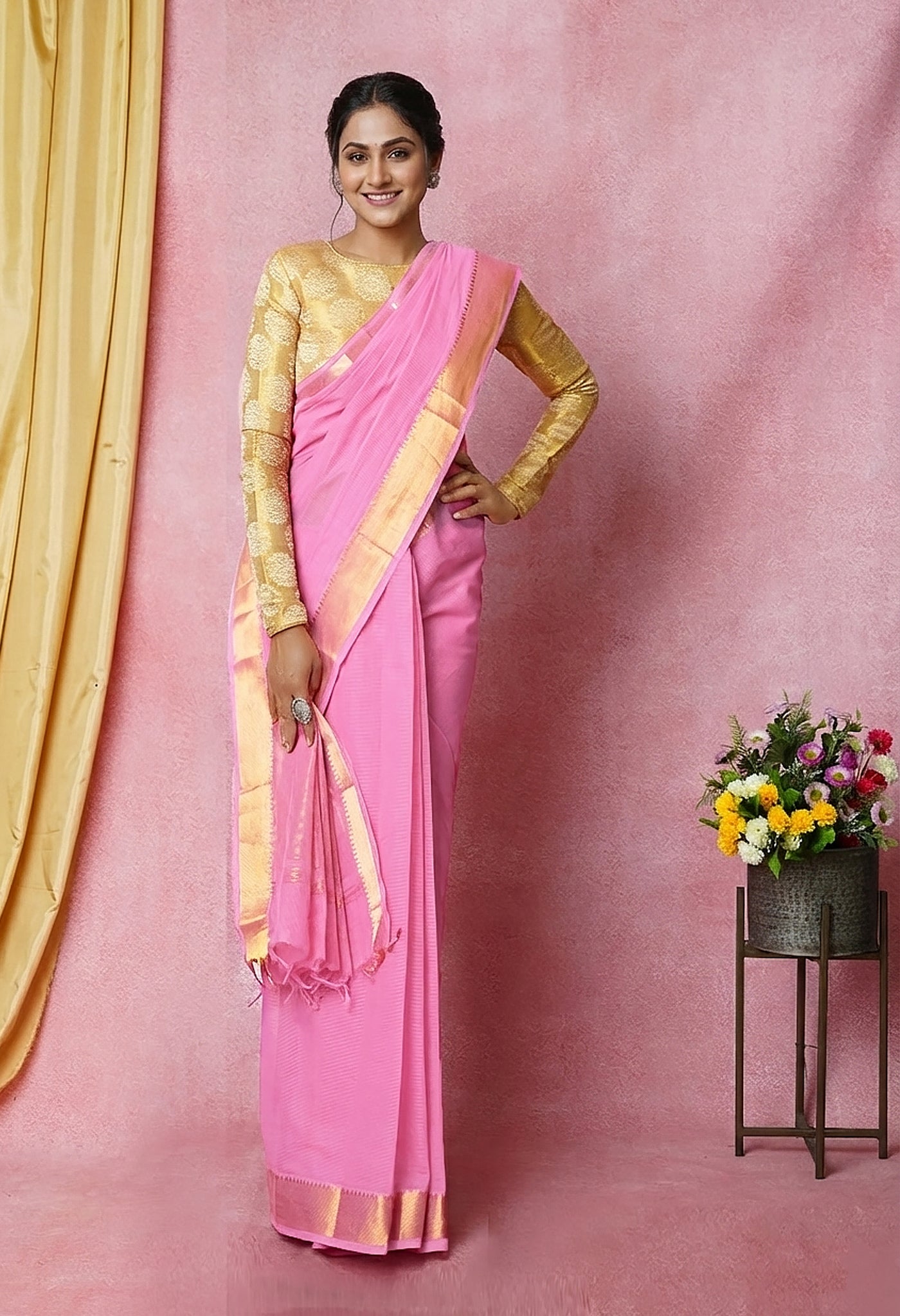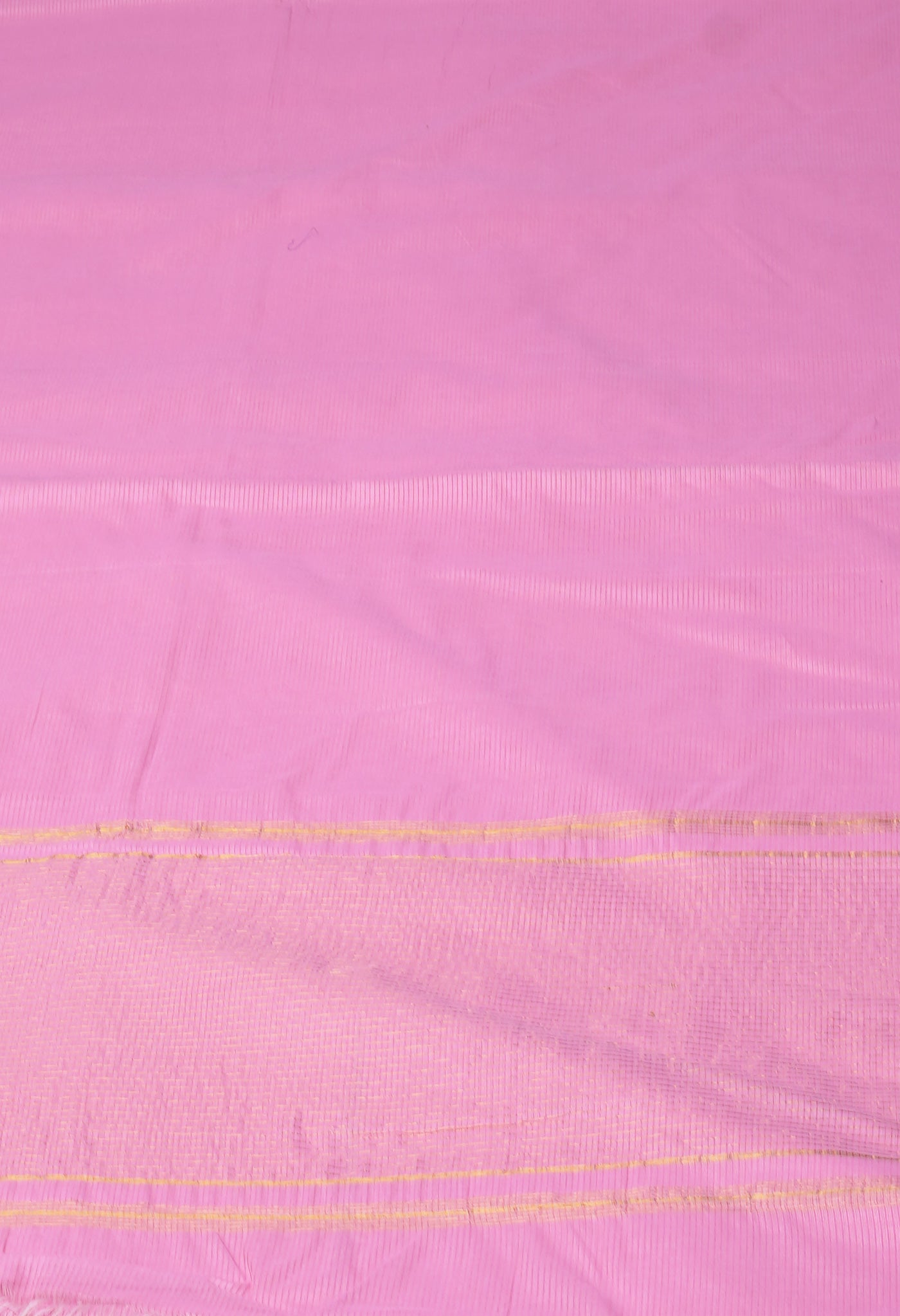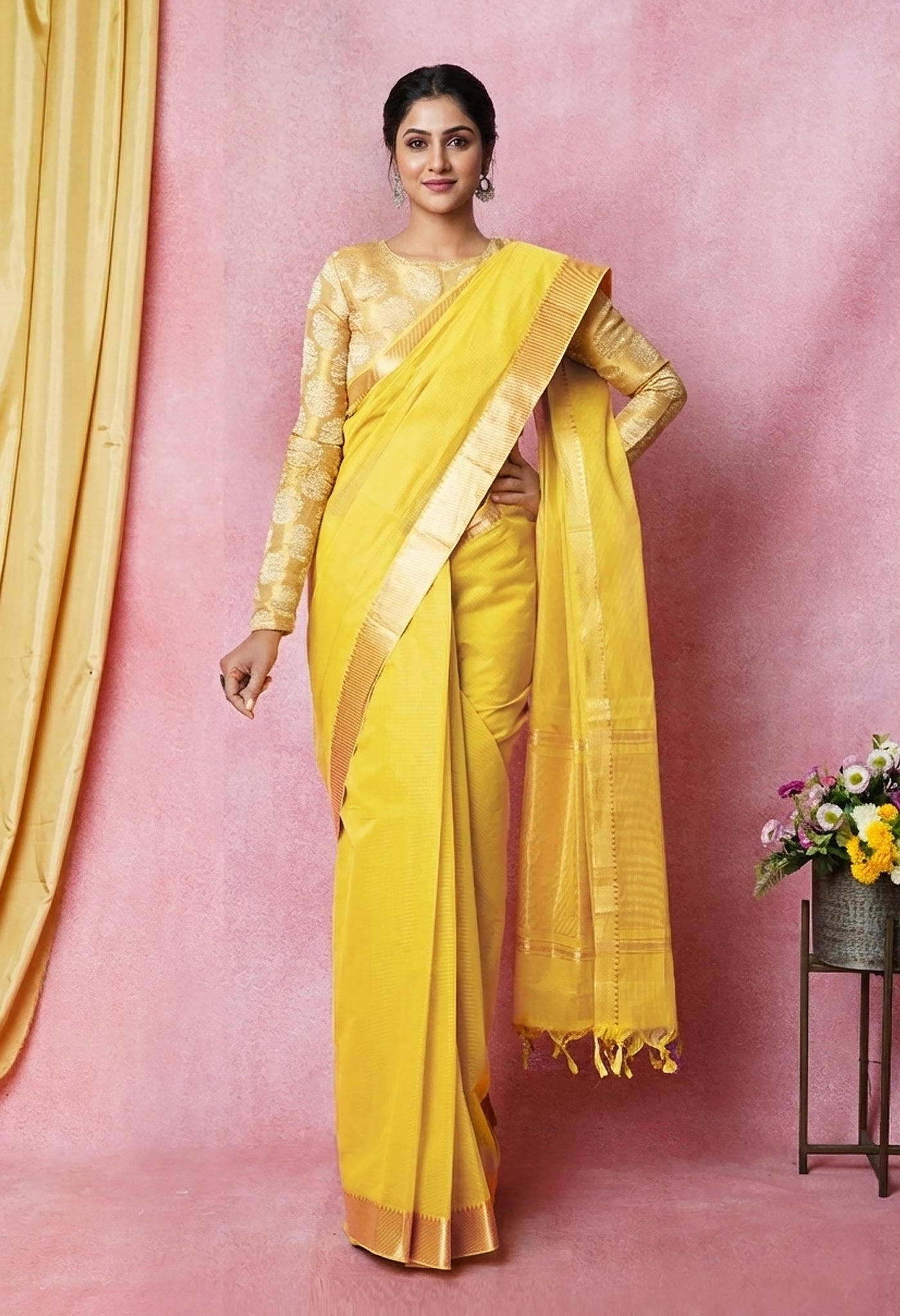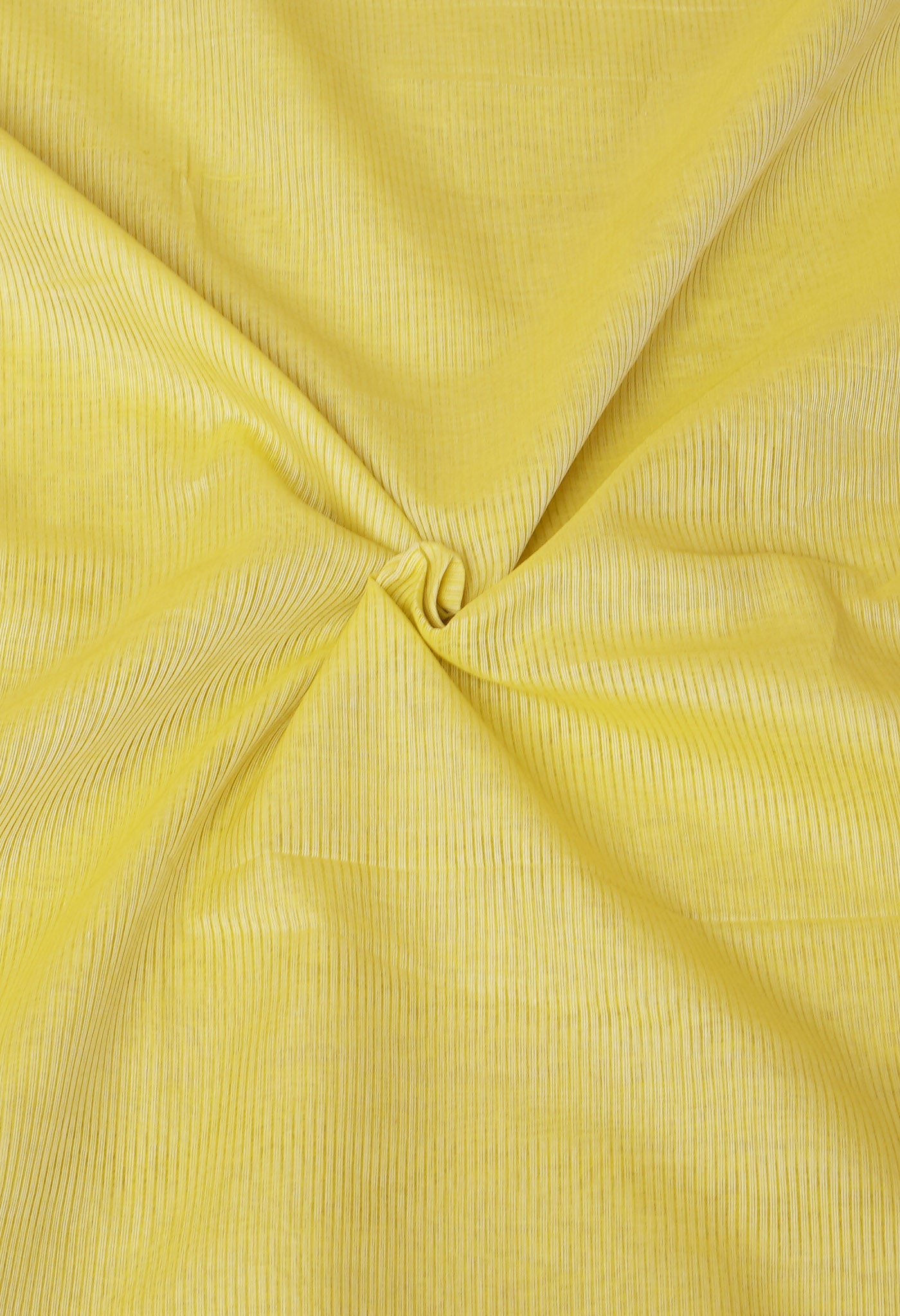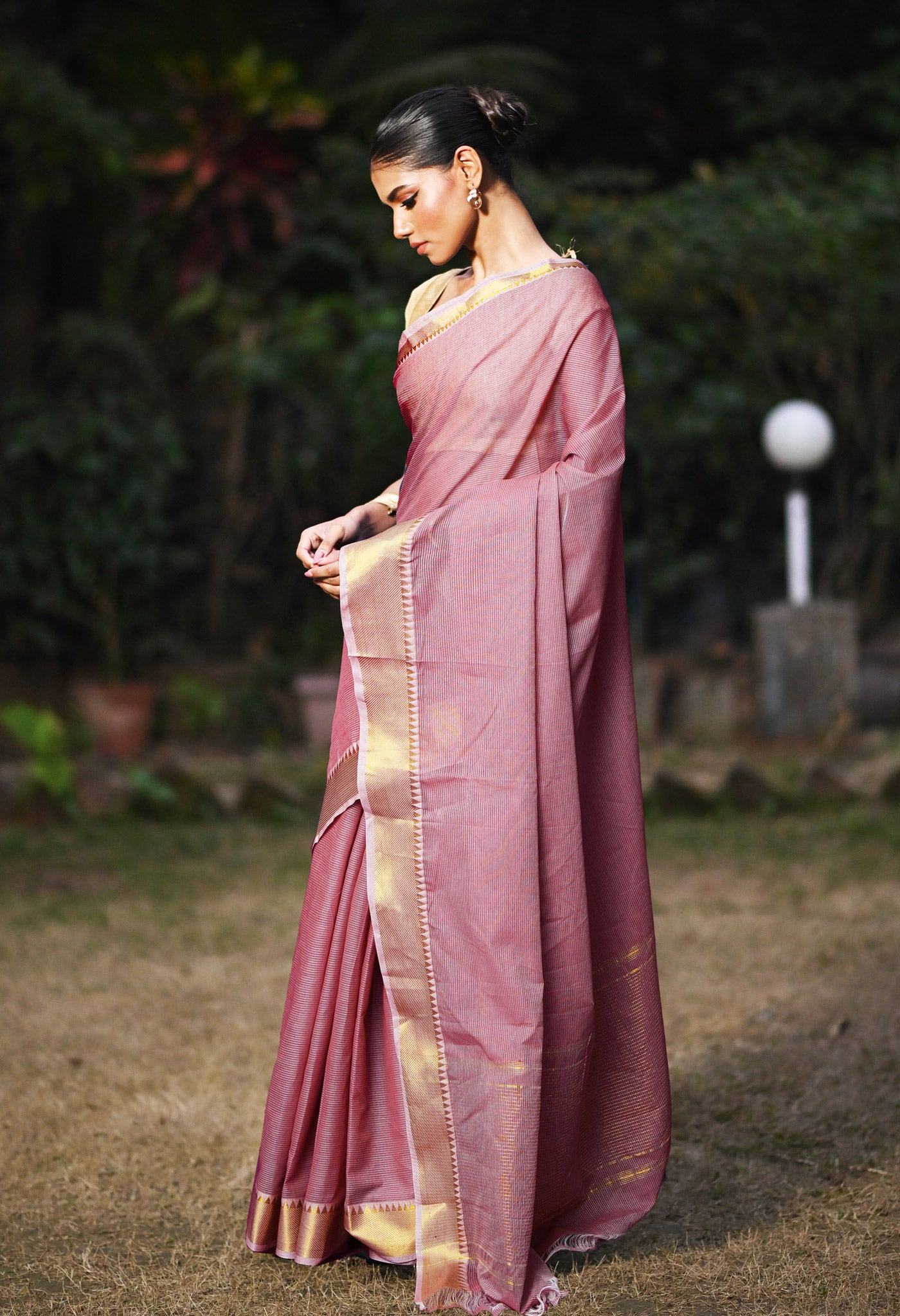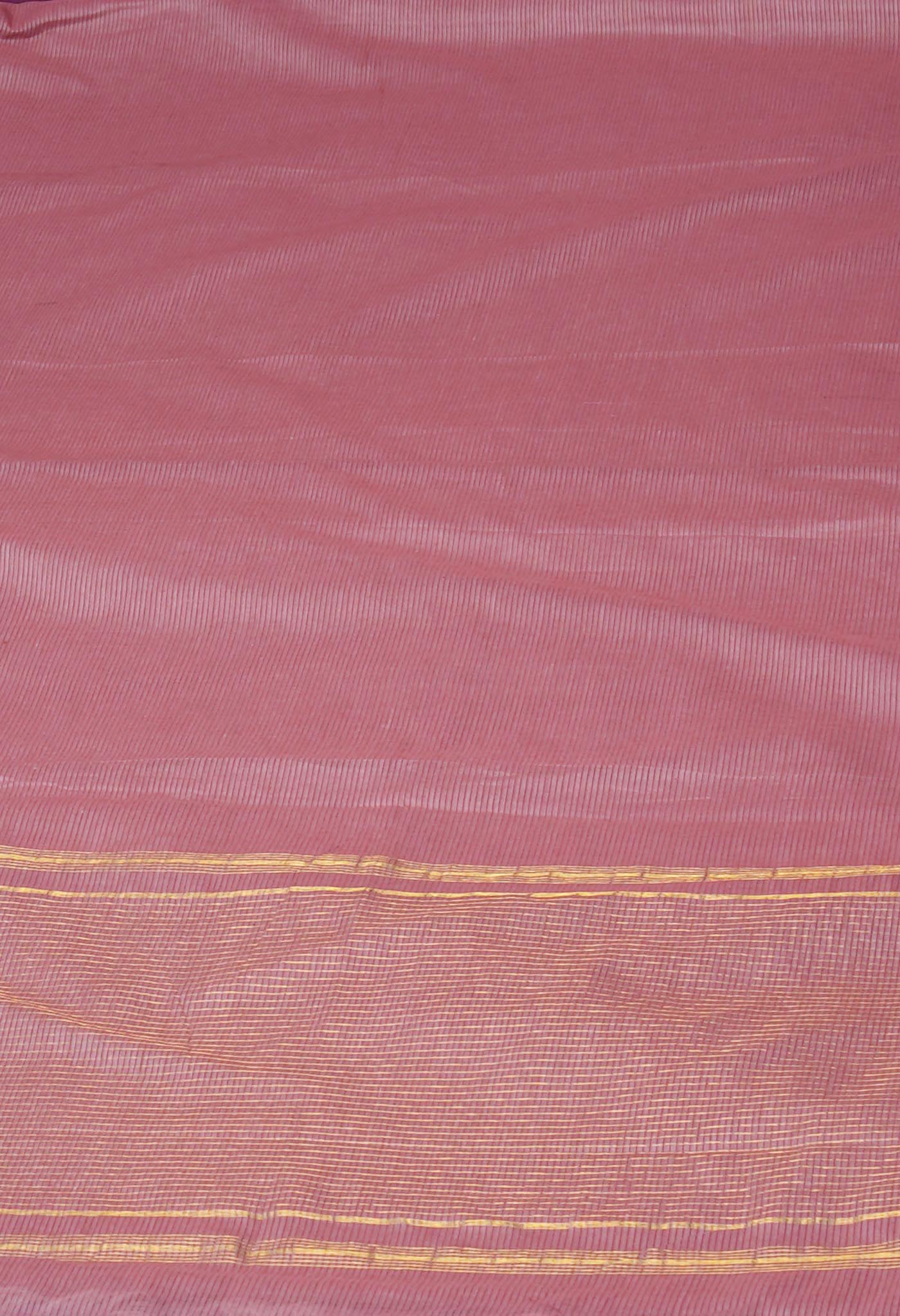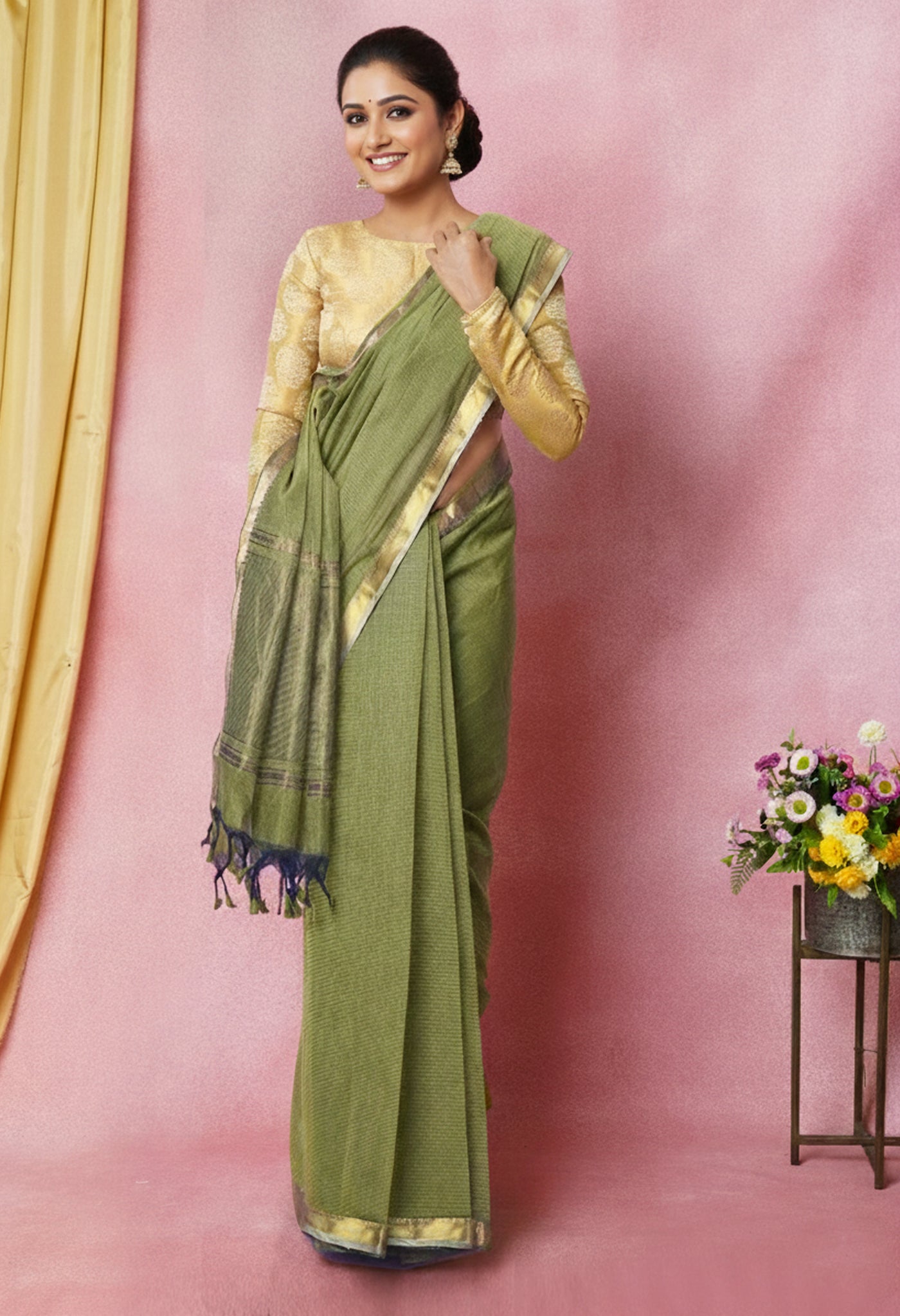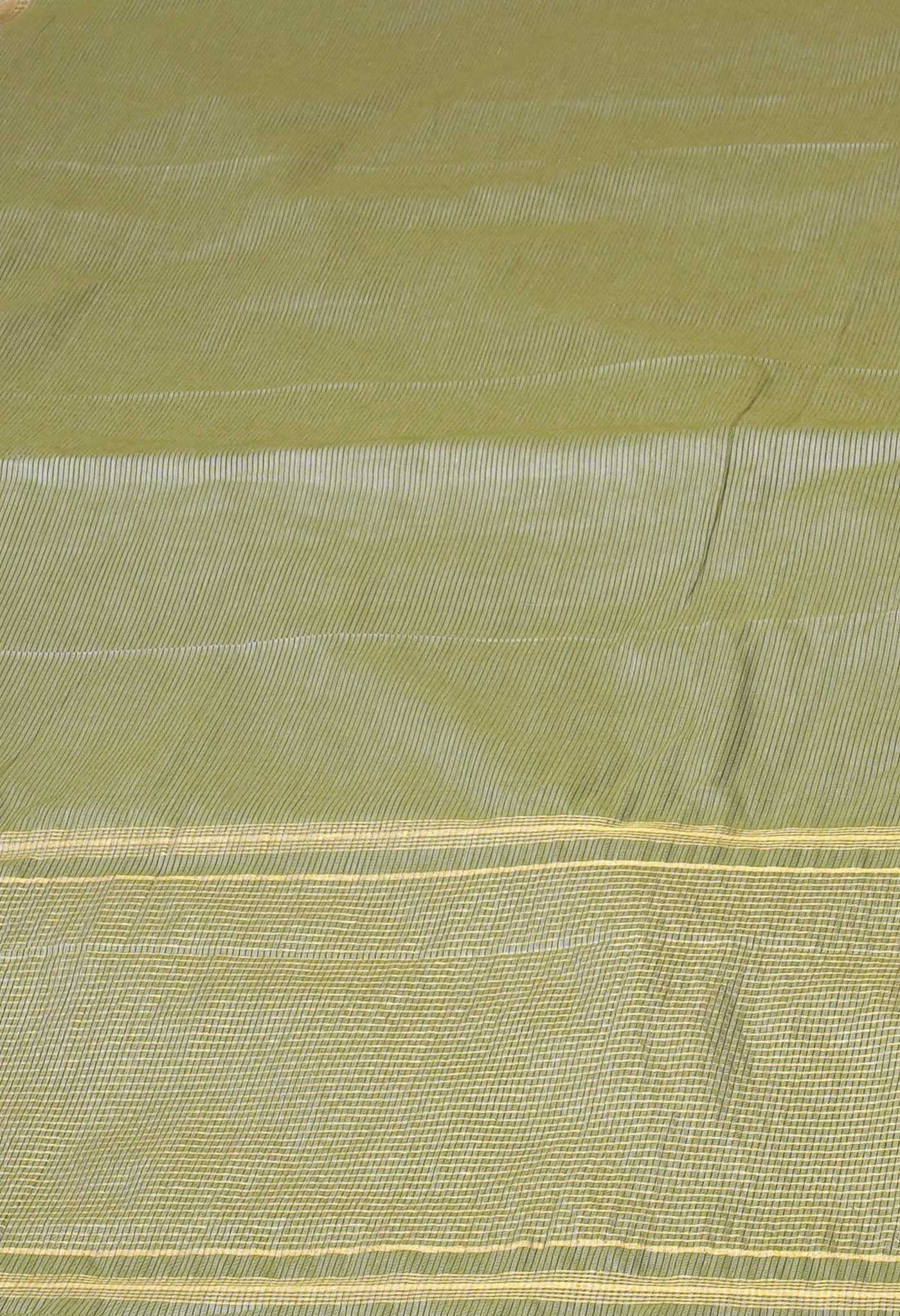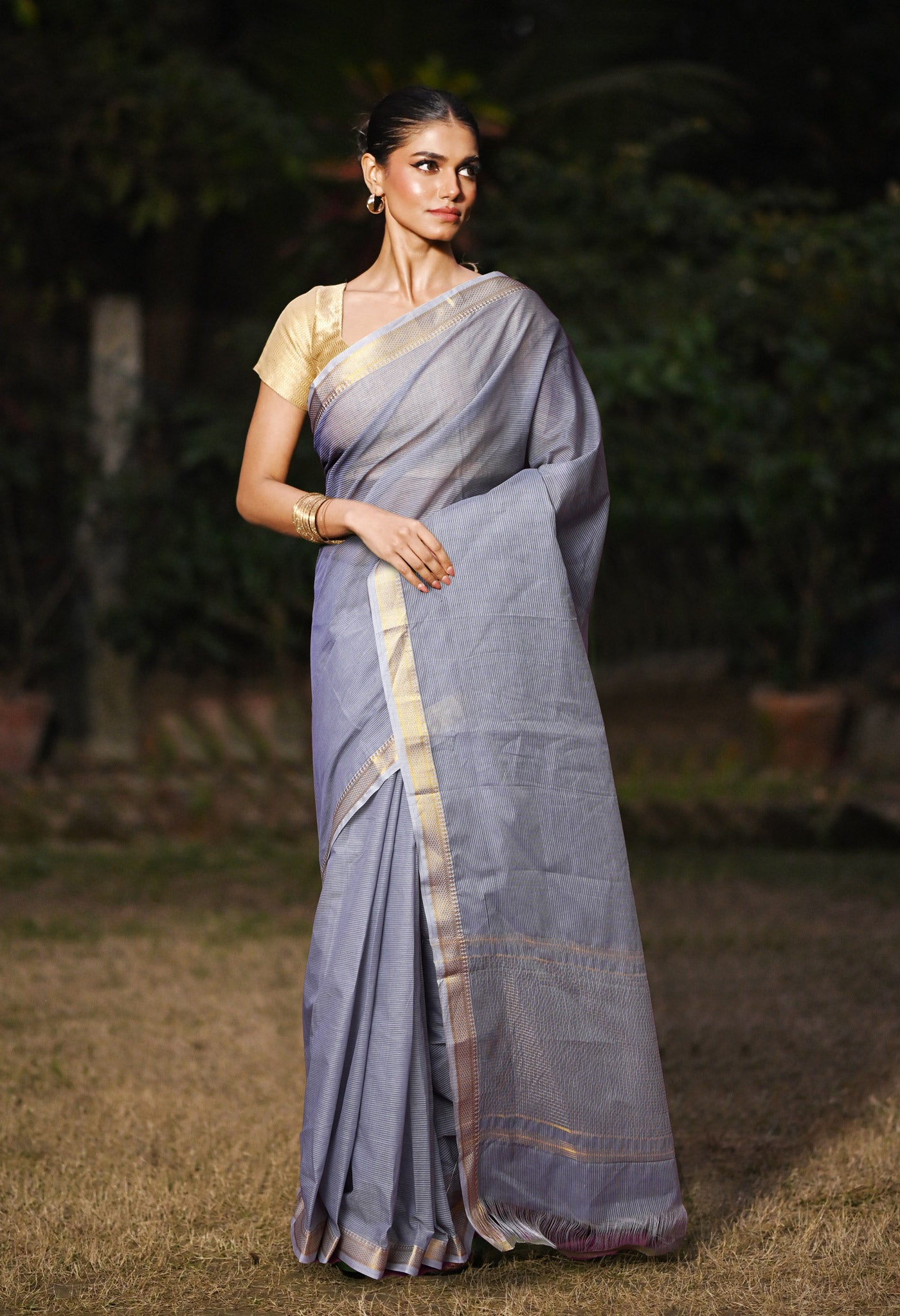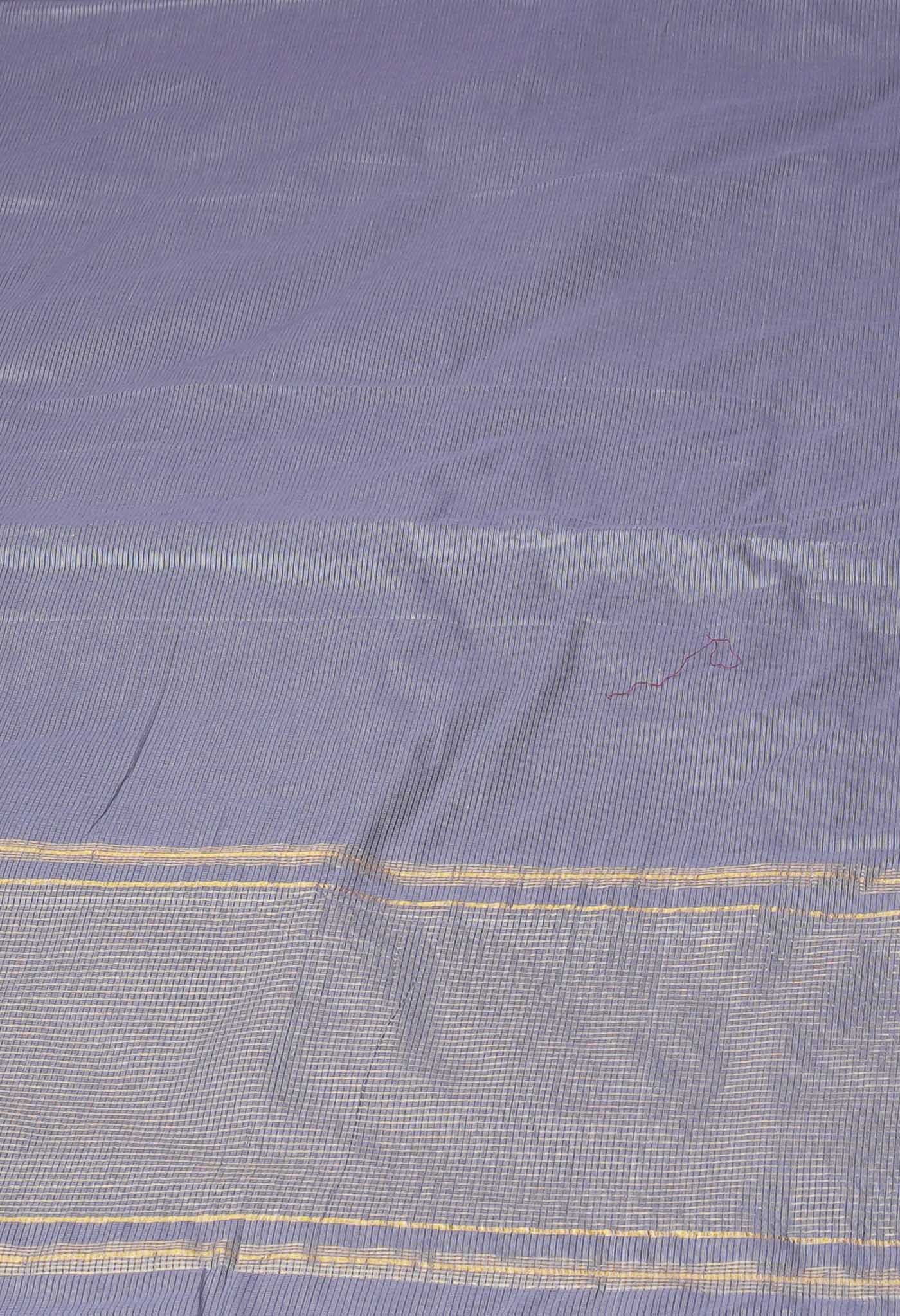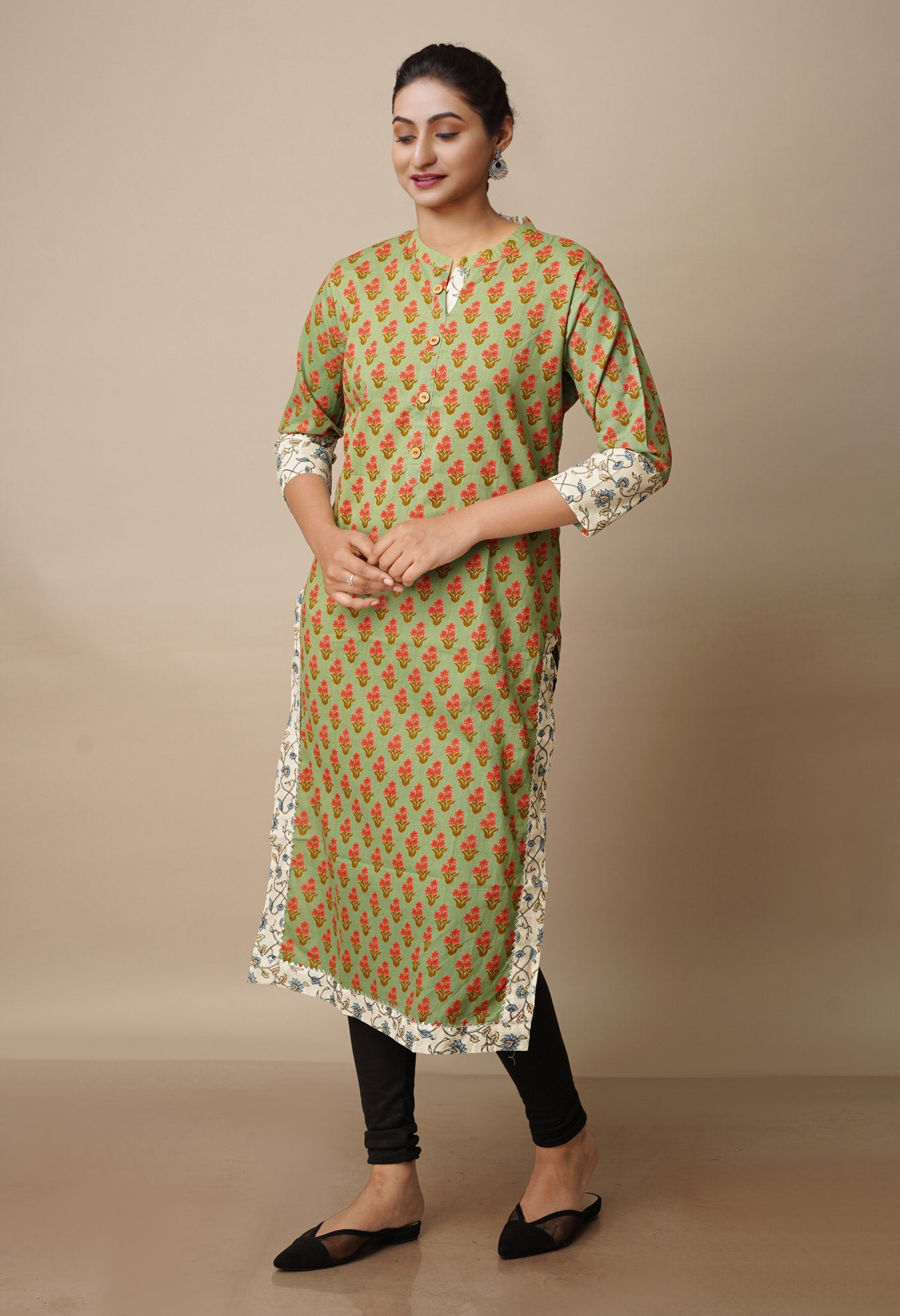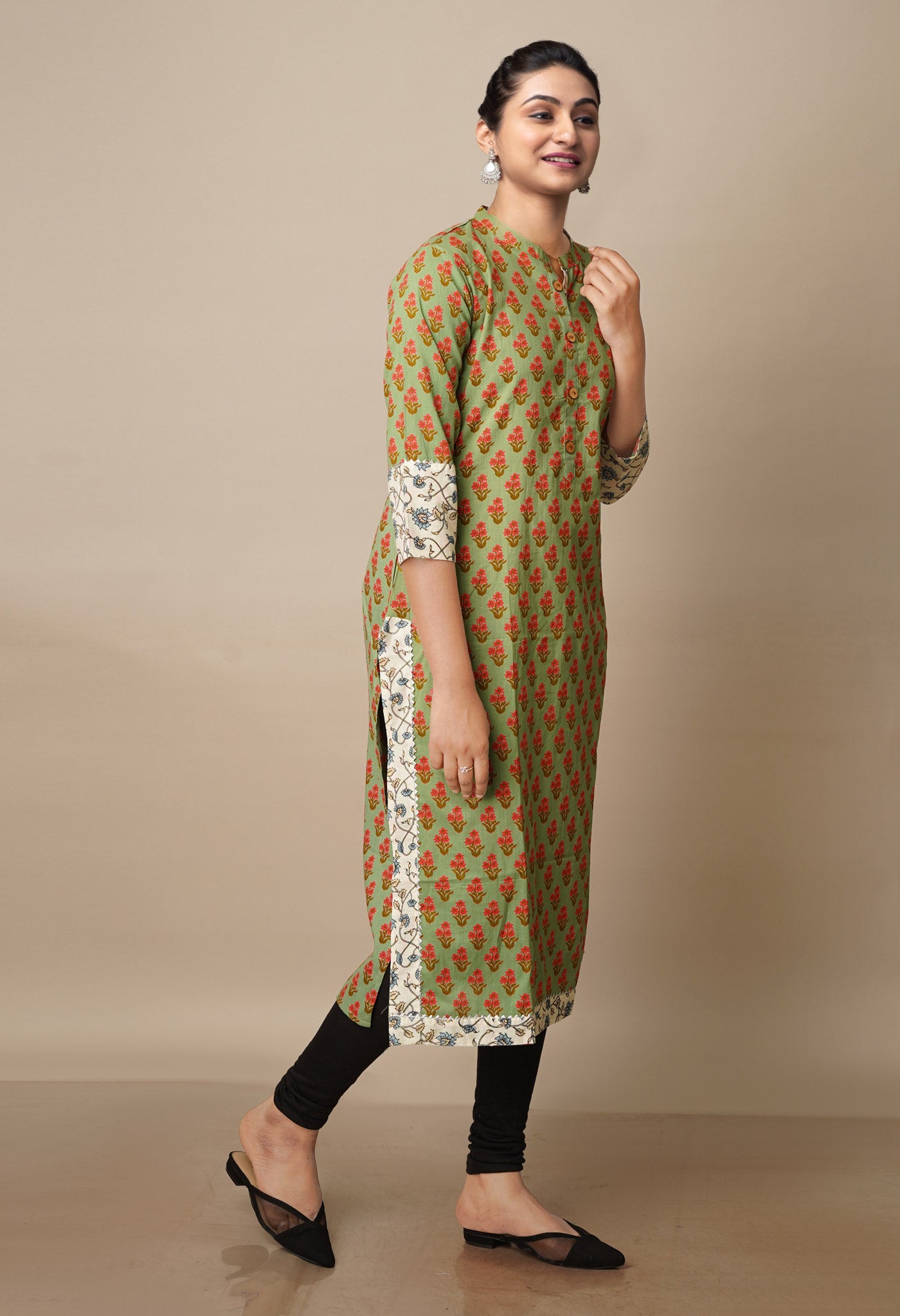Article: All you wanted to know about the Thread Count
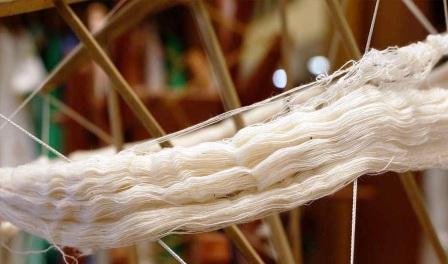
All you wanted to know about the Thread Count
Most of us must have heard the words ‘thread count’ related to fabrics, but do we know what the term means? Interesting that it is, let us get to know all about it.
What is thread count?
Thread count refers to the total number of threads in every square inch of a woven fabric.
What does one infer from that?
In layman terms, it is a measure of the fabric quality and how tightly the fabric has been woven.
 Or in other words
Or in other words
In technical terms it is the total number of warp threads (length) and weft threads (width) per square inch (TPI) of fabric or ‘thread density’ at a portion of the fabric. In other words it is the addition of the threads of the warp and weft in the square inch. E.g. If a fabric count is 400 then it would have 200 horizontal threads and 200 perpendicular to it within a square inch.
Is it universally followed?
In almost most parts of the world it is the same. However in countries like Australia, France and Italy the thread count is calculated every 10 square cm that measures 3.16cm x 3.16cm.The count in threads per 10cm square will tend to be higher than threads per square inch. Shoppers should be aware of this difference if they shop around the world.
Is it better to have higher thread count or lower?
Higher Thread Count = Better quality fabric. Though it is one of the factors considered for being a good fabric, it need not be the best criterion for judging the quality of a fabric.
Could you elaborate?
Normally a high thread count is a good indicator as to the fabric being of good quality. But this also depends a lot on the quality of the yarns and the way it is woven and even where it is made. A low thread count fabric could be of finer quality than a densely woven fabric woven with low-quality yarn.
Would this be the only criterion to judge the quality of a fabric by?
No. A piece of fine quality fabric with high thread count would generally be made with fine, long staple, quality yarns with a balanced and dense construction. If cheap yarns are used or thick and coarse yarns or inferior short plied yarns are used a high thread count would not matter much for the fabric and the fabric would not feel smooth and fine.
Why does this happen?
There is a lack of standards in this area. Textile manufacturers have their own labeling and they are not at all standardized. This results in different brands of fabrics with the same thread count to feel different and look different.
What would a fine fabric be?
Long staple yarns which have been combed to remove short fibers produce very smooth fine quality fabric. In true Egyptian cotton, they maintain a standard of for fiber length throughout which is why it has the reputation as the best and softest cotton. You can feel this in the fabric’s hand by touch.
Does high thread count mean you get a soft, fine fabric which is sturdy and durable?
One fabric may be marked 1000 thread count but you may find that it looks and feels lower quality than a finer fabric you have which is marked 250 thread count. So when buying fabric rather than only look at the thread count, check on other factors as well. Depending solely on thread count is that you may end up duped – especially when shopping online. This is because fabric with the same quality may be labeled as having different thread counts.
What does the Ply of a fabric mean?
Ply refers to how many yarns are twisted to form a single thread. Two ply fabrics are made with two yarns twisted to form a single thread and this is superior to a single ply fabric. Two-ply fabrics are more durable. A two ply fabric is usually bought for shirting. When counting the thread count manufacturers should be counting only actual threads rather than each ply forming the threads. Usually, a thread count above 100 will imply a 2-ply fabric. A two ply fabric with medium thread count is preferred for dressmaking otherwise the fabric will turn out to be too thick / dense.
What is a good weave?
The best weaving processes result in the best fabric – this is a simple truth. If the fabric is made with multiple, inferior yarns plied together and woven, this may result in an exaggerated thread count. For marking higher thread count the manufacturers may use multiple-ply yarn where individual threads are twisted around each other but this does not make a good quality fabric.
Is this information solely sufficient to judge the merit in a weave?
In dressmaking, the weaving process may excuse a low thread count – like in the case of an oxford weave fabric used to make shirts – the open weave with tiny holes in this fabric make it all the more attractive and some ask for this. But some may prefer a pinpoint oxford fabric because it has a higher thread count and lighter finer weave than the Oxford fabric.
Do all types of fabrics have a thread count as one of the parameters for judging quality?
Thread count is not used for knitted fabrics or fabrics like flannel, satin, or microfiber. Different types of fabric have different thread count ranges, as also even within a particular variety.
What is the expected thread count for a fabric to be considered fine?
A thread count of 150 is what you can expect for an average quality cotton fabric. For clothing fabrics, this is a pretty high number. Even 120 is high for dressmaking and 150 is termed excellent
180-300 thread count is considered for good quality bed sheets but 300 to 400 thread count range is what people expect when buying higher quality sheets. The fine percale woven cotton has a thread count of 225 or more and is much in demand for bed sheets. 280 thread count Percale gives the best quality.
 What is a good way for a buyer to judge whether the quality of a saree is fine or not?
What is a good way for a buyer to judge whether the quality of a saree is fine or not?
The best check for the quality of fabric ultimately is whether by appearance and feel it is smooth and fine, and has a natural luster. Additionally if the high thread count goes with it you can feel confident about the fabric.
Is there something like limits for thread count of a fabric?
A linen fabric may have lower thread count than cotton but linen is a far superior fabric. So Linen may be marked with a thread count as low as 50 but may still be the best fabric you want. 50-140 Thread co
unt is good with Linen.
For Sateen fabric a thread count of 300-600 is marked as of high quality.
For silk fabrics, thread count is not counted as very important. Silk threads can vary greatly in terms of diameter and length. High momme weight is the usual measure used to gauge its quality. 19-25 momme weight is considered when buying silk bed sheets and a higher weight than 22 momme is used for clothes. But with other criteria being equal, thread count is used as a measure. Then higher thread count is considered to be better. When momme weight and thread count is high you have a good quality silk. A thread count of 300-350 is considered good quality though you will find superior luxurious 750 thread count silk fabrics
What use could a low thread count have?
There are many instances in sewing where thread count is ignored – when you need more open weave fabrics and thread density does not matter at all. Cross stitch embroidery uses fabric with low thread count – the stitches need to pass through fabric weaves which are visible. 22- 25 thread count Aida fabrics are regularly used for cross stitch. Linen used for embroidery usually comes with a higher thread count of 32


